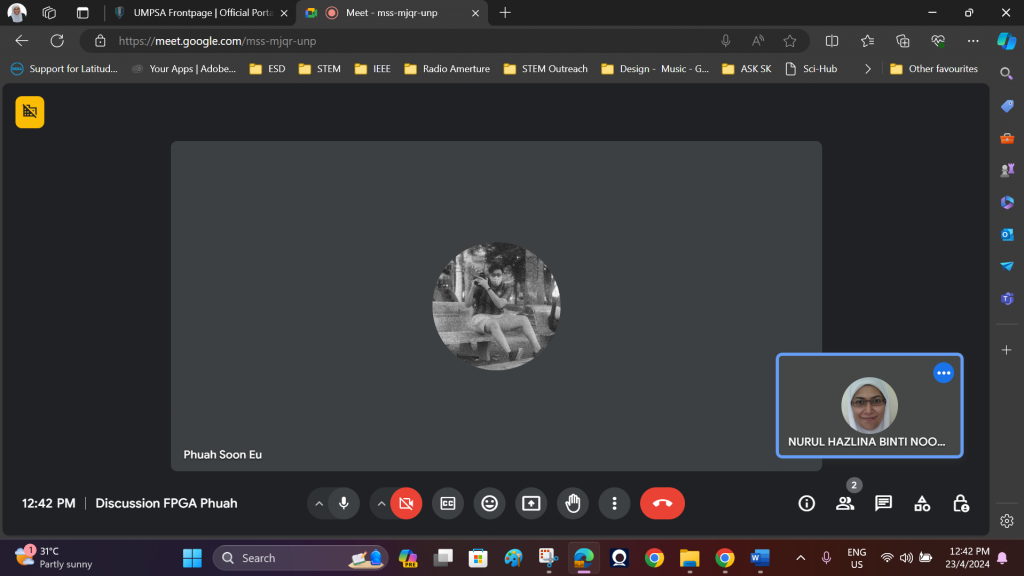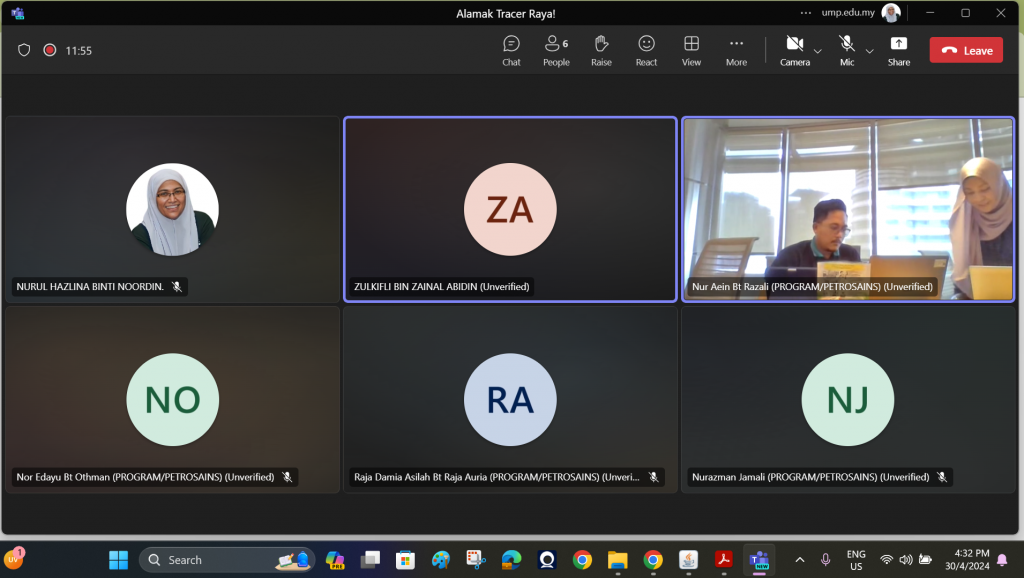
Month: April 2024
Communicate@ MCMC
An interesting webinars by MCMC and the researchers in this webinar series.
Communicate@MCMC & BTS_Programme Booklet
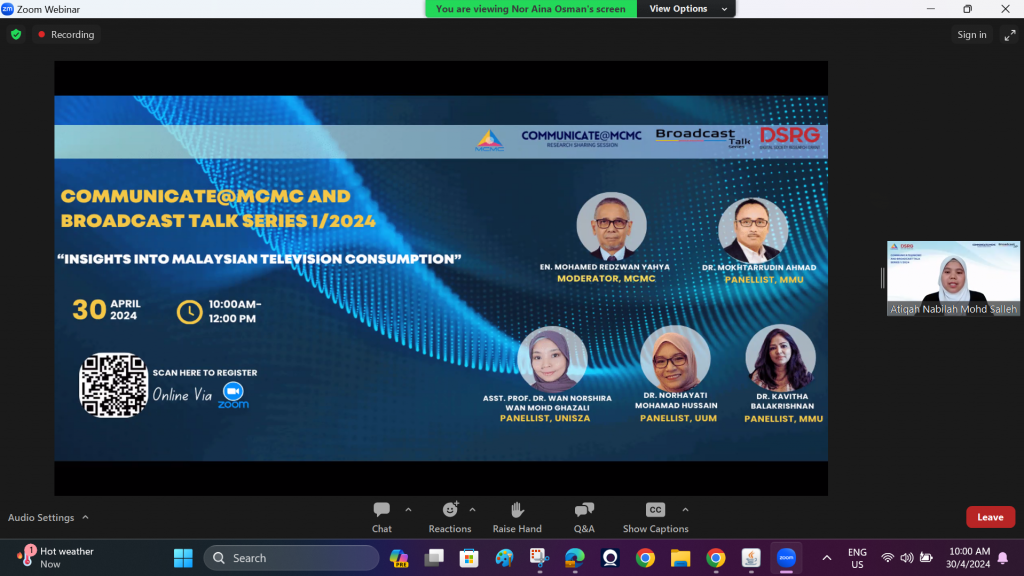
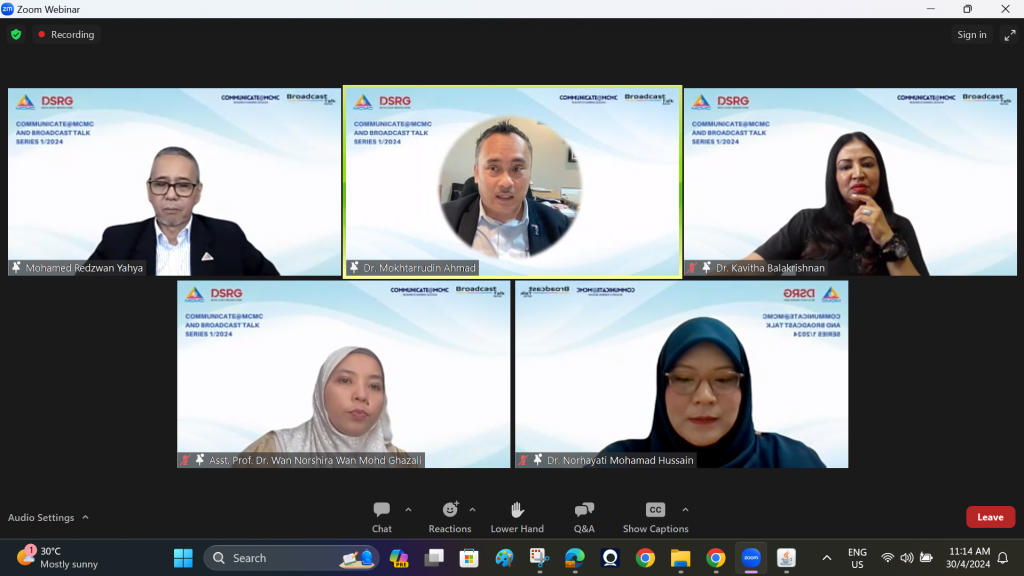
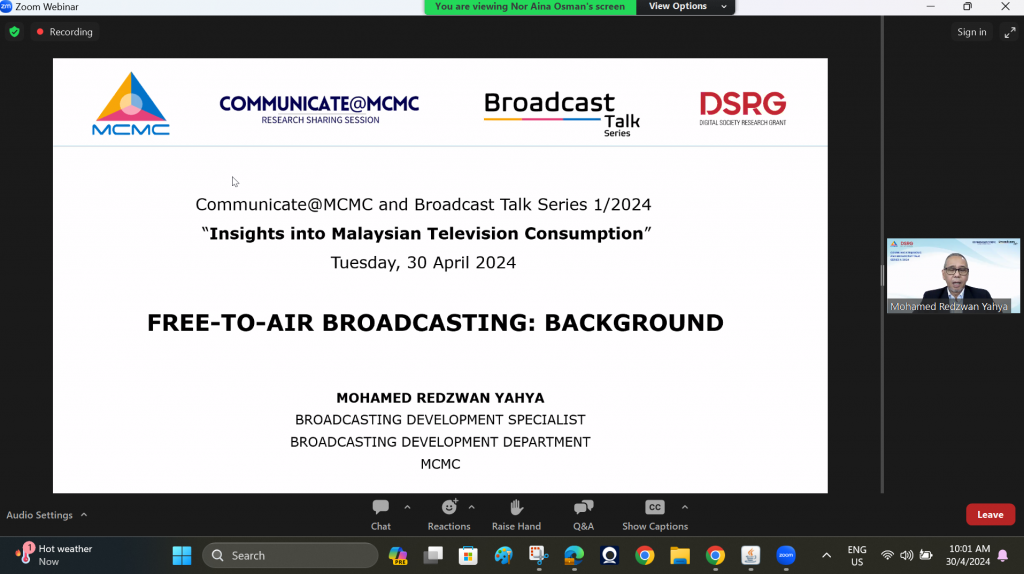
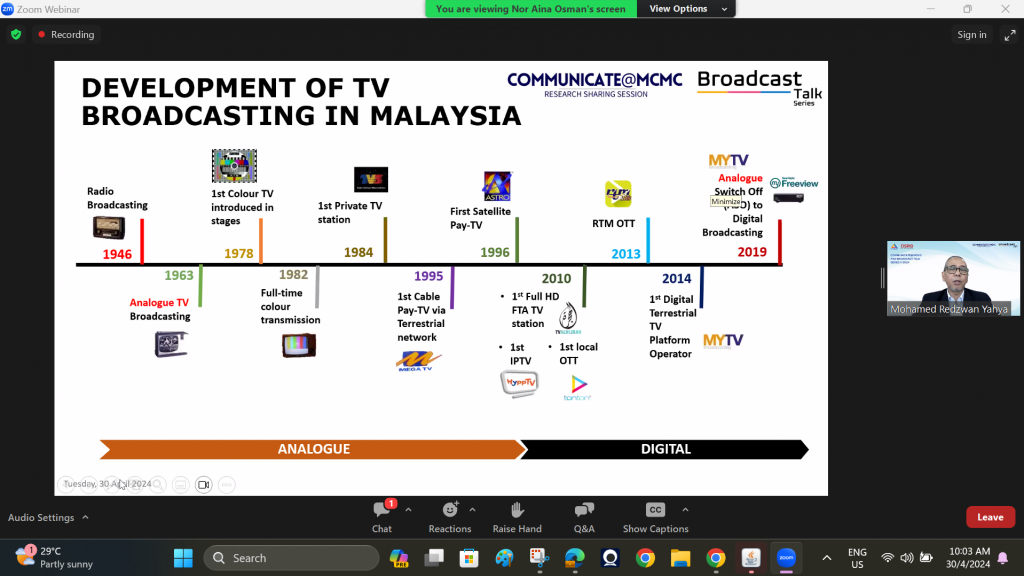
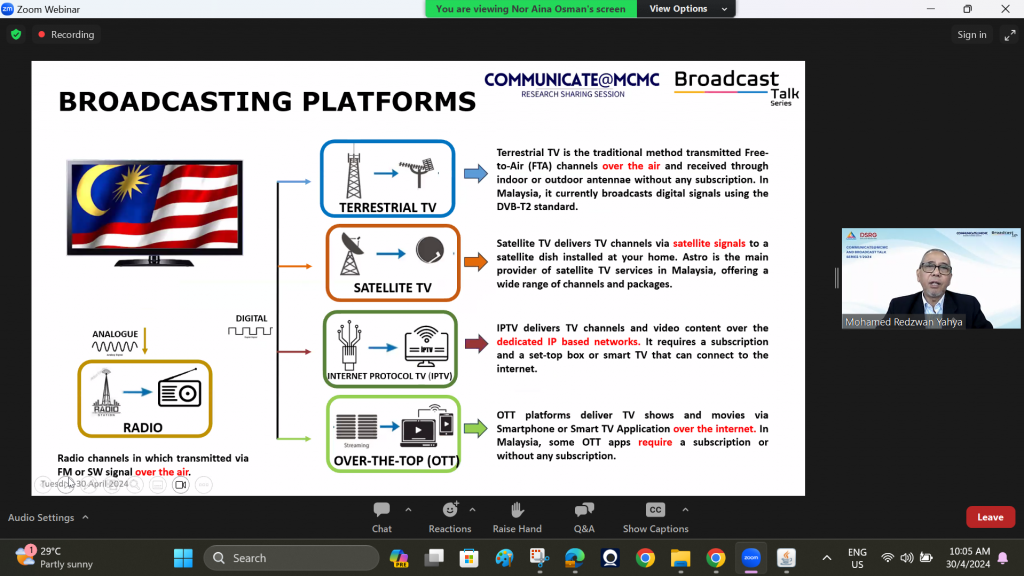
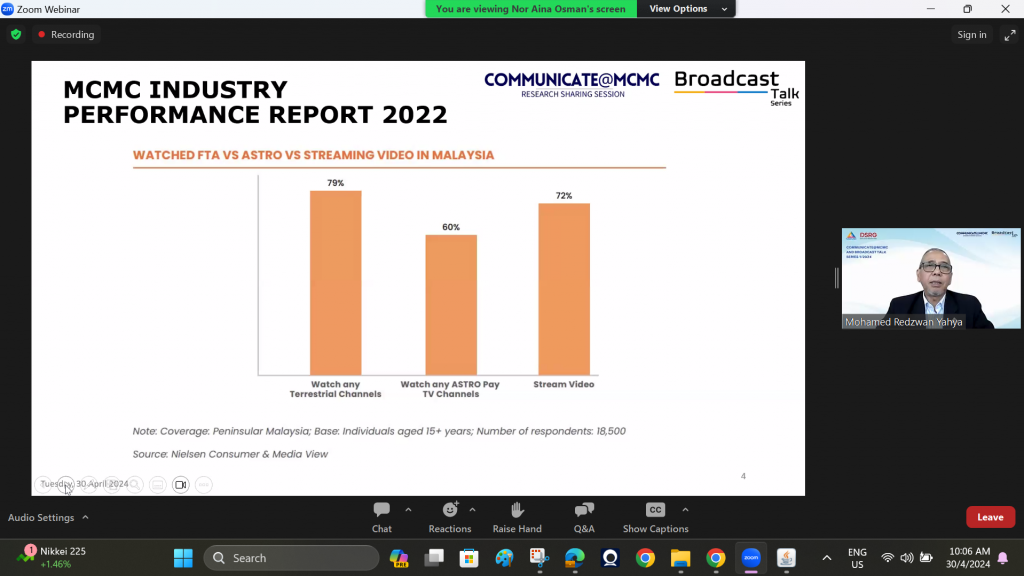
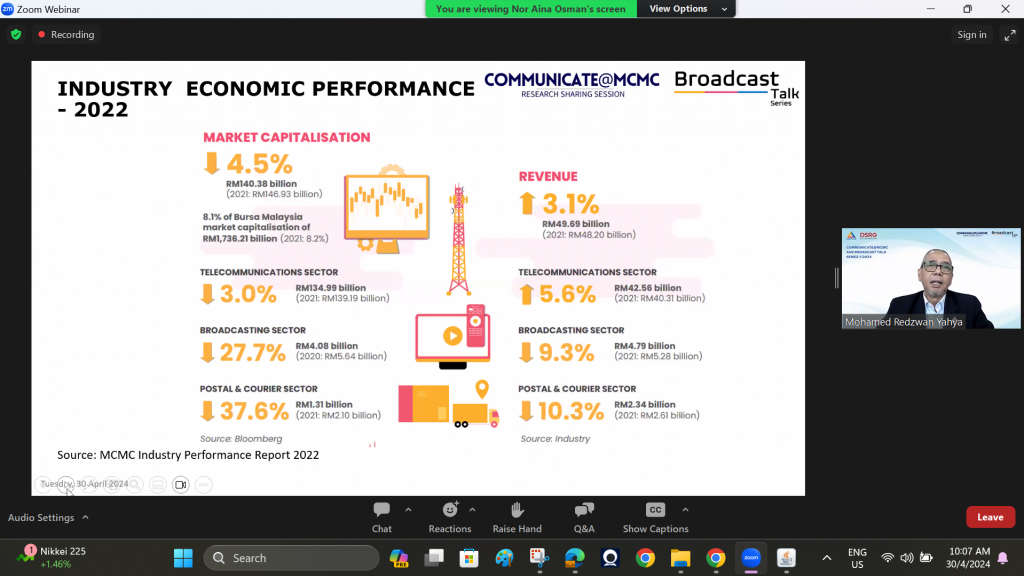
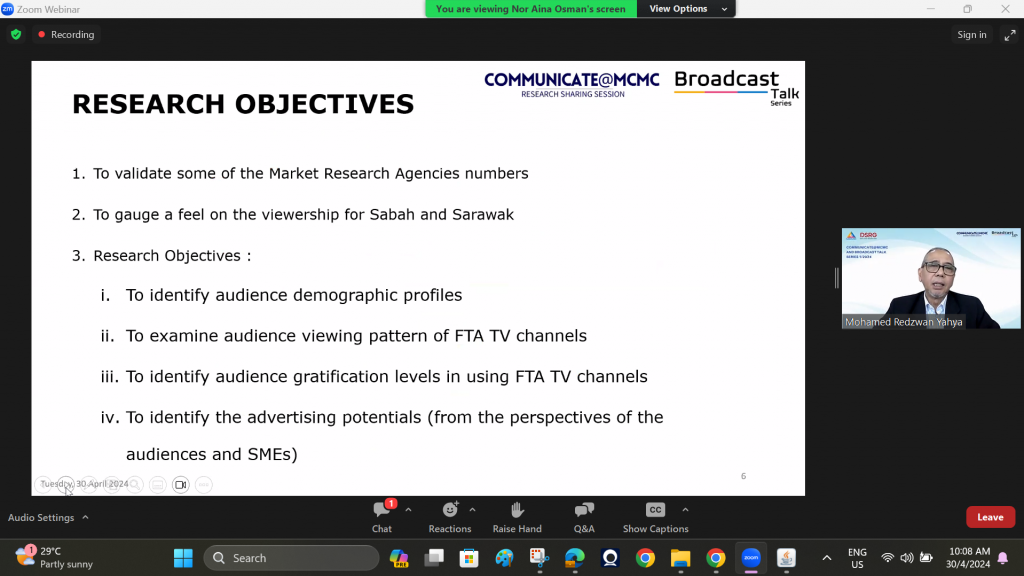
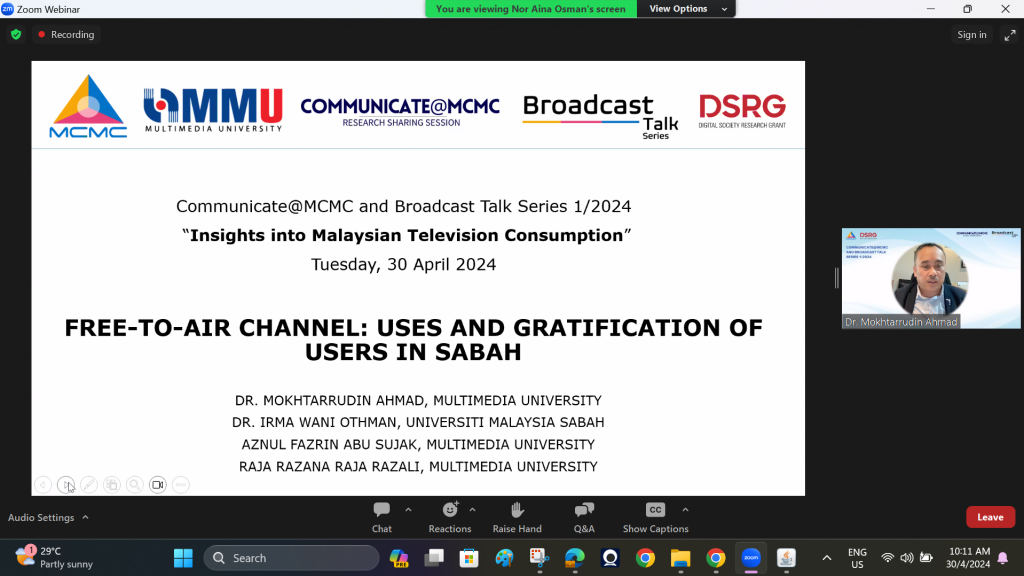

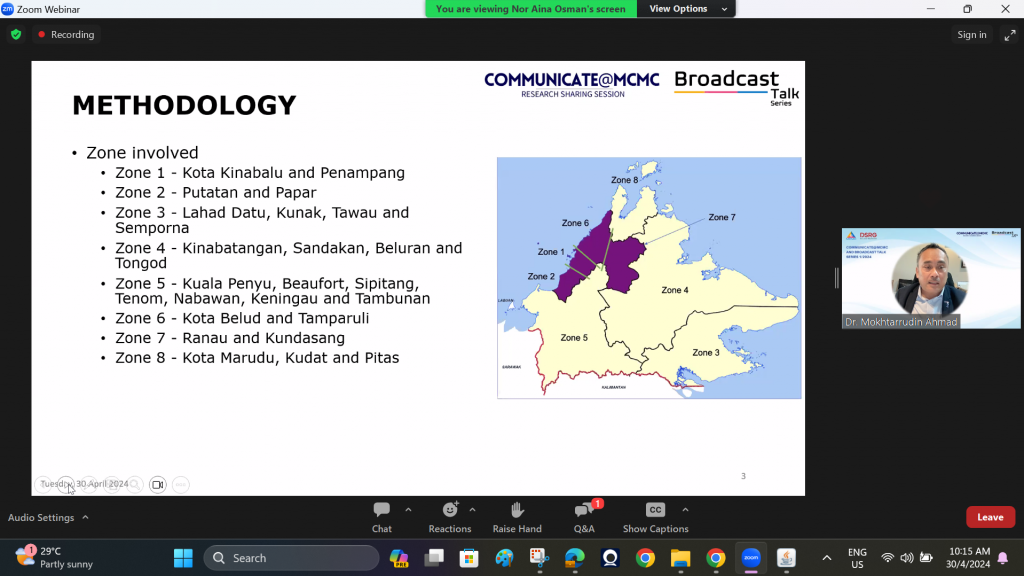
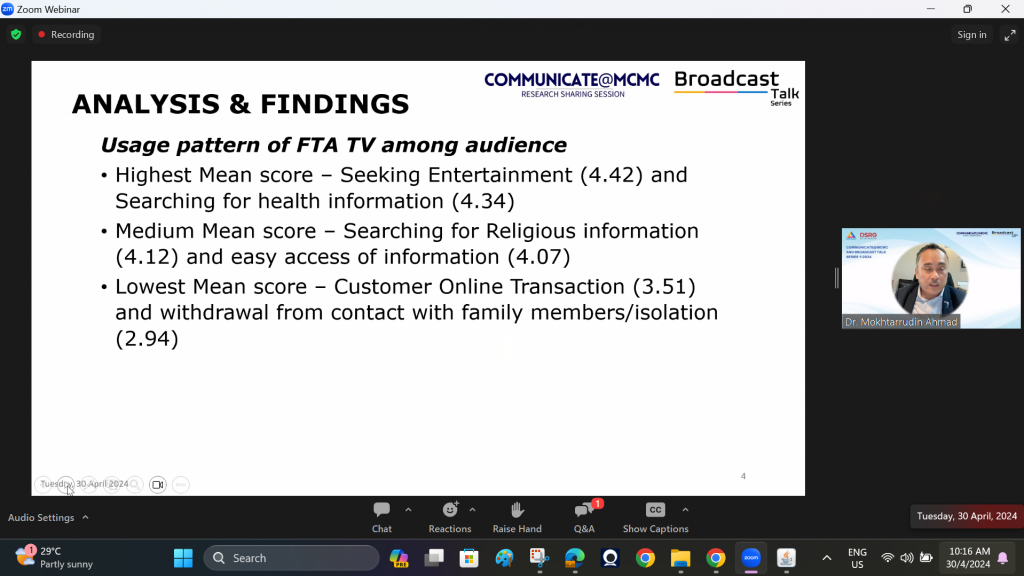
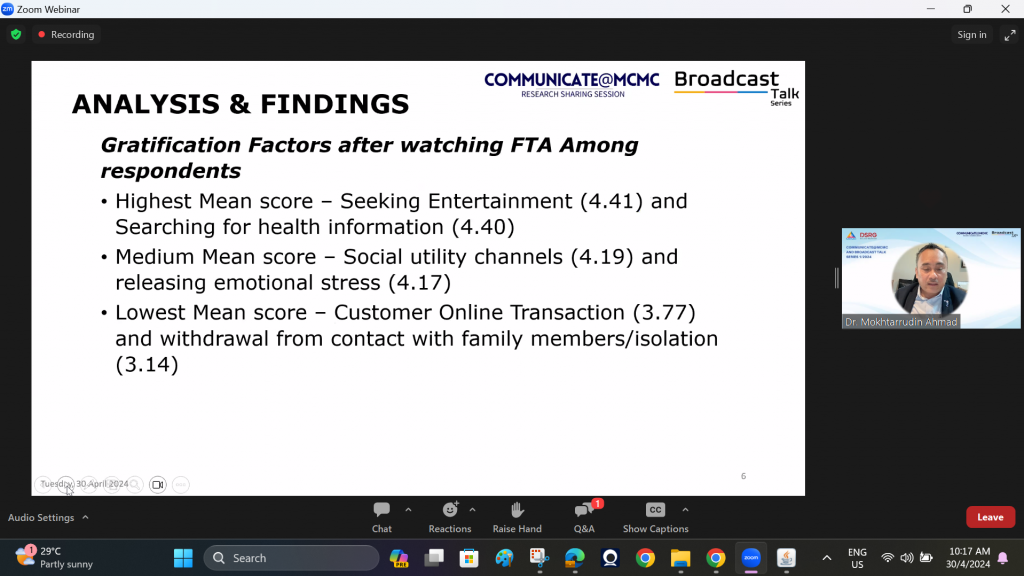



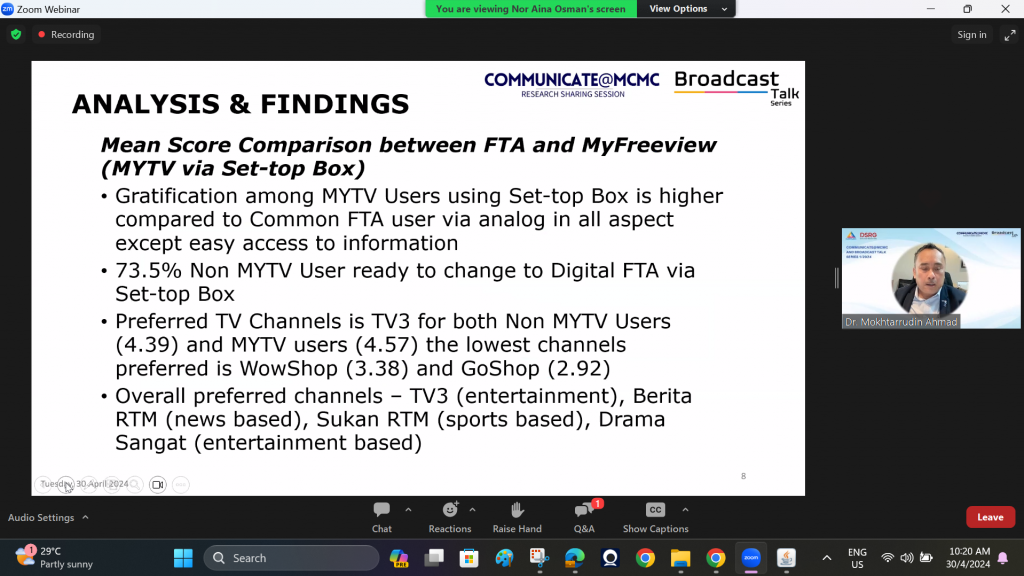
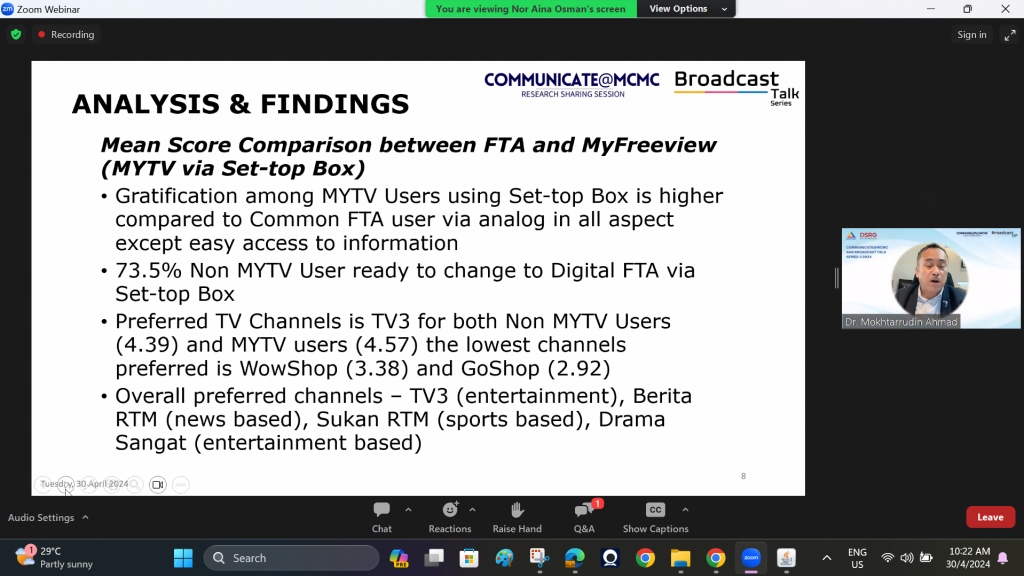

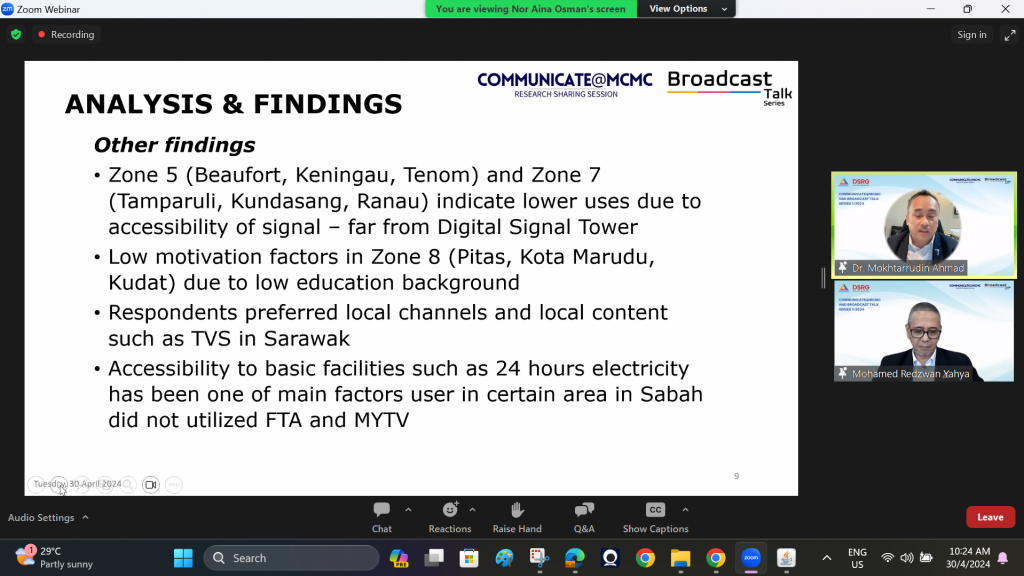
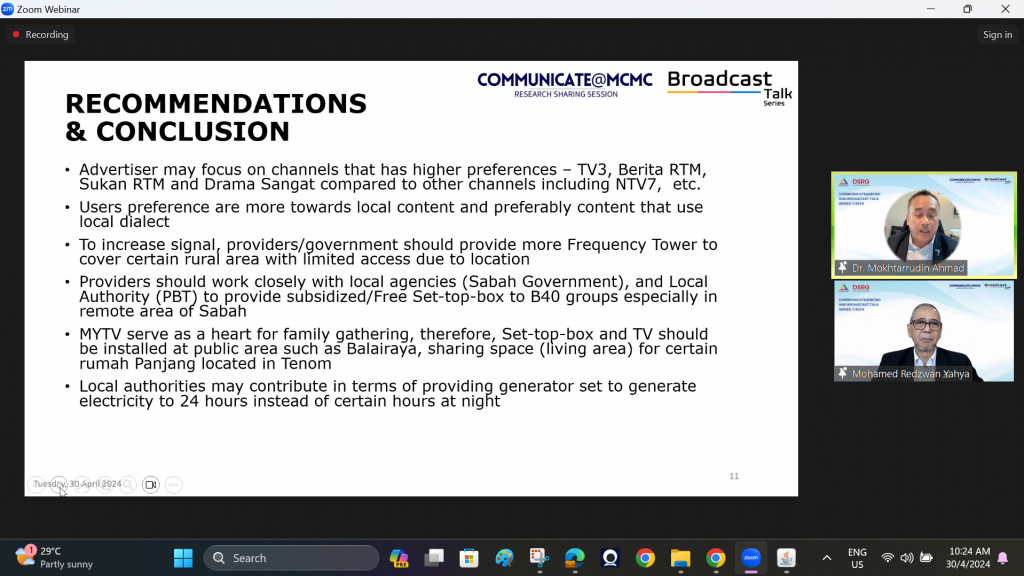

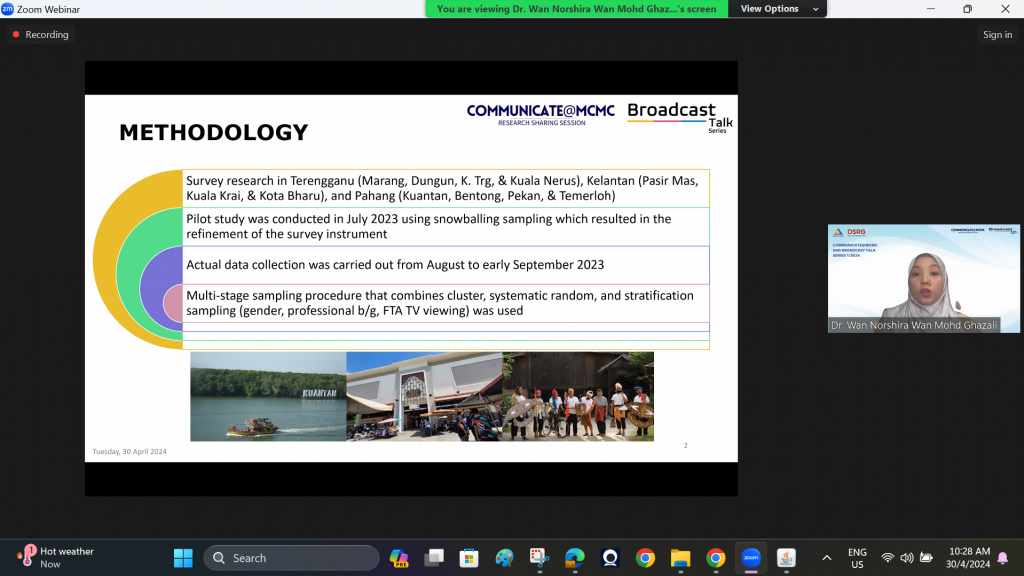

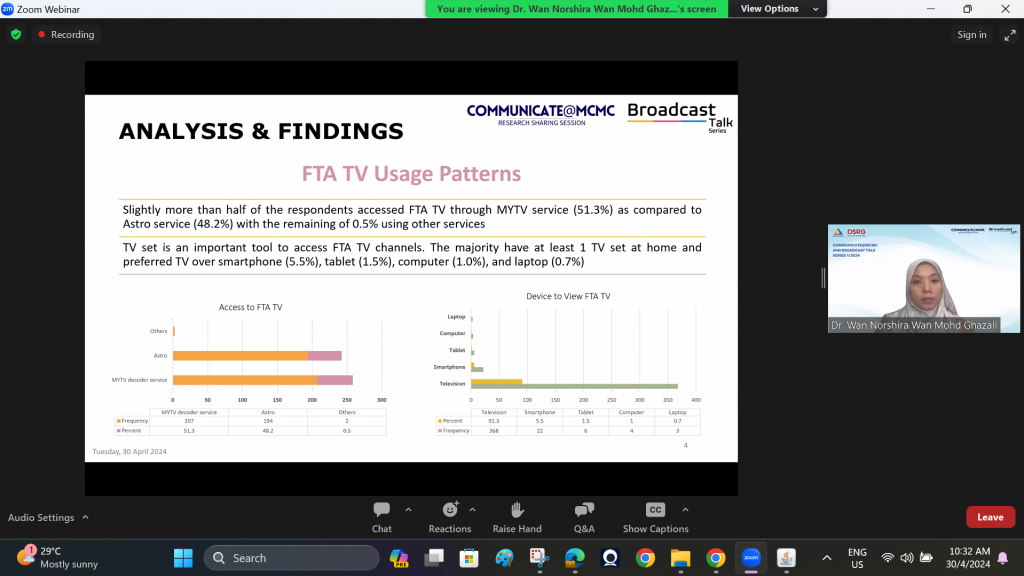

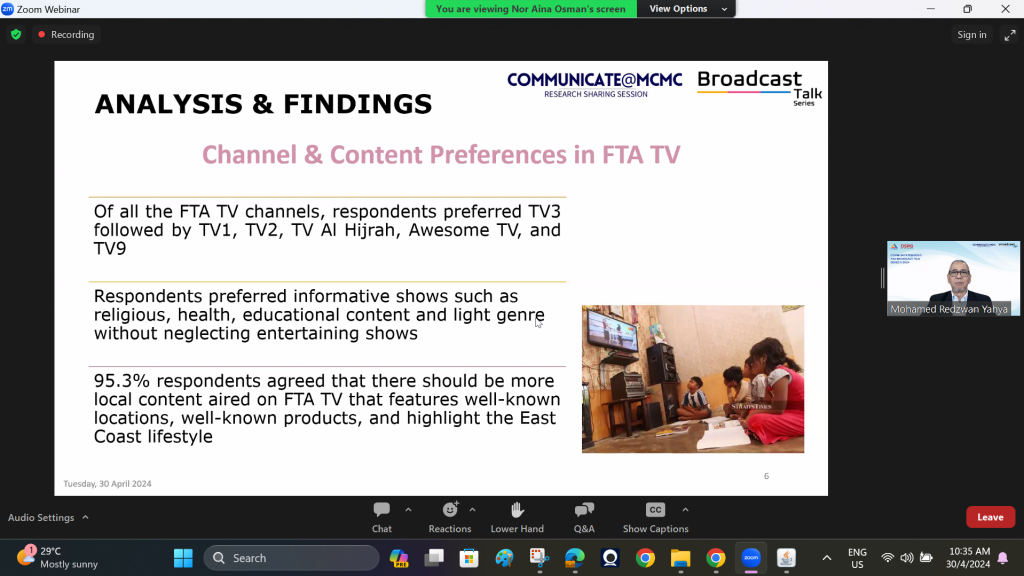
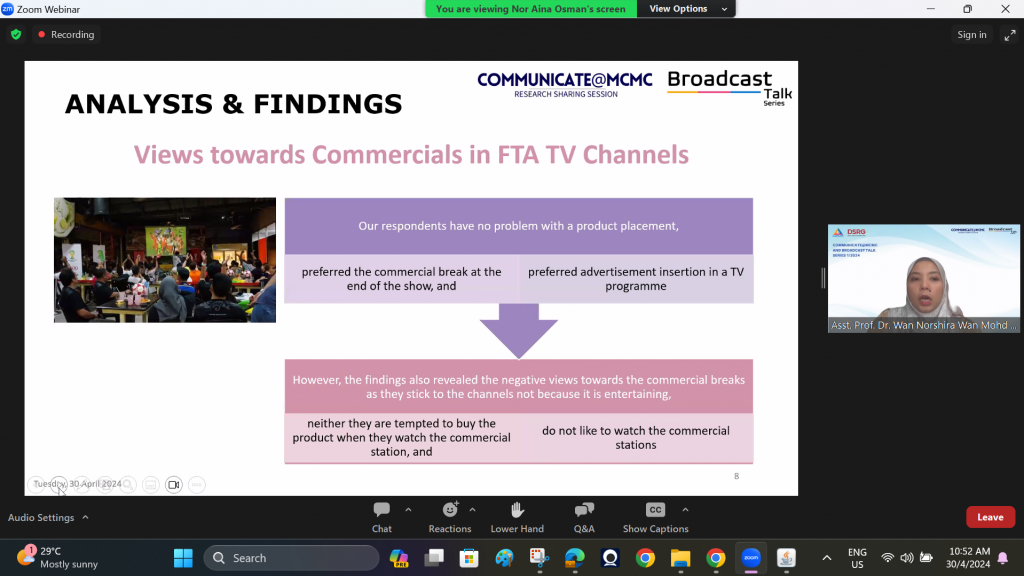

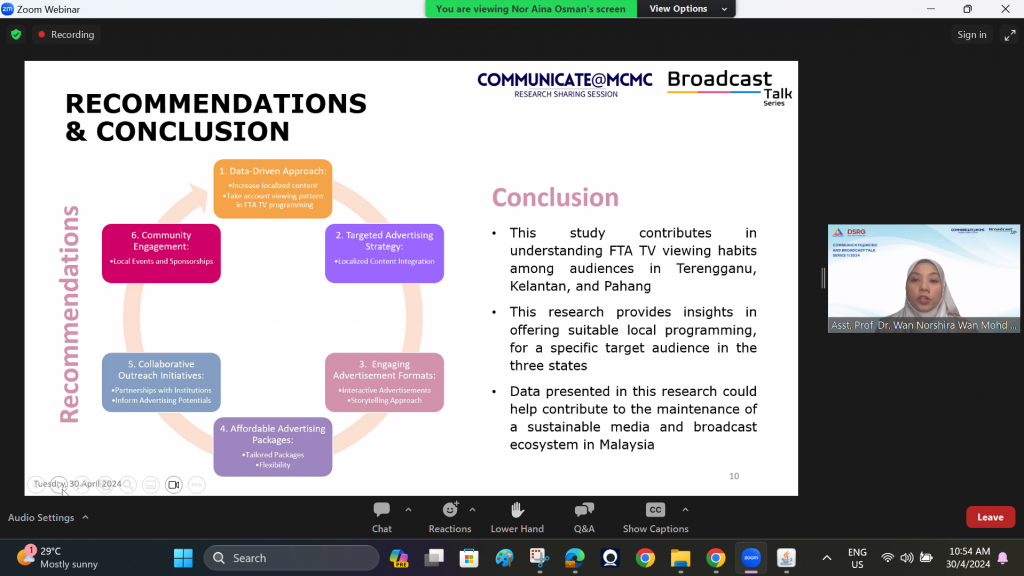
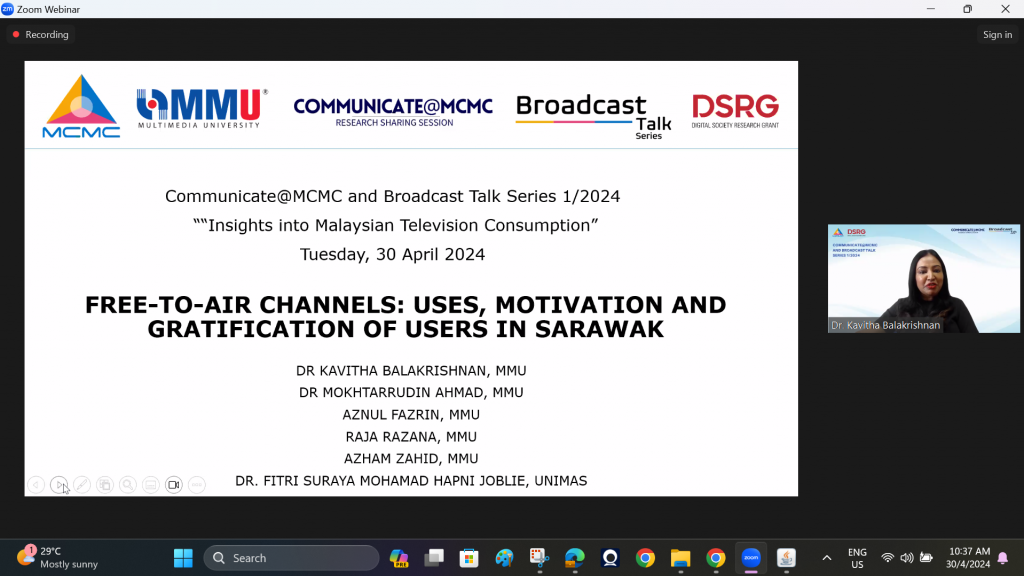
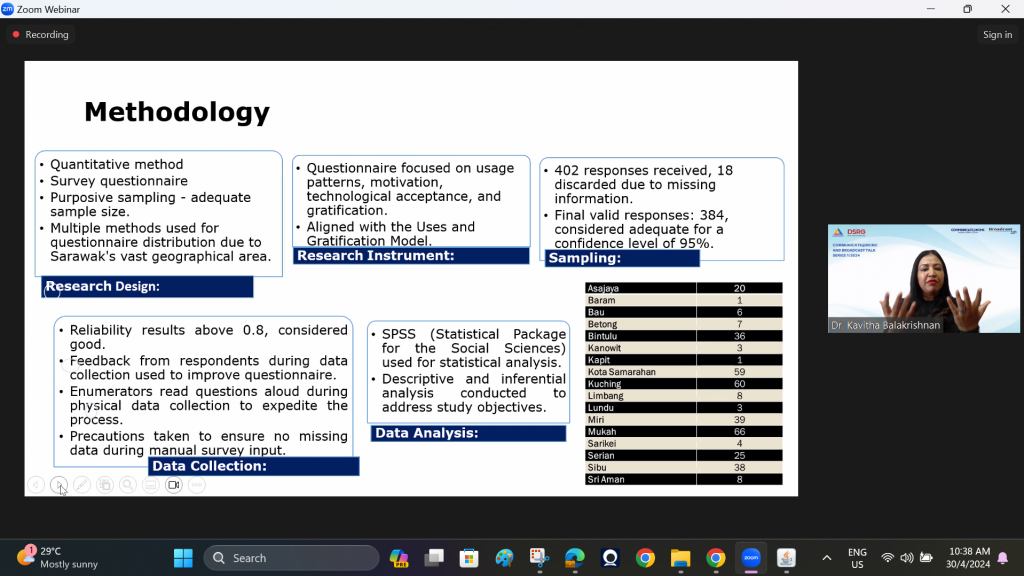
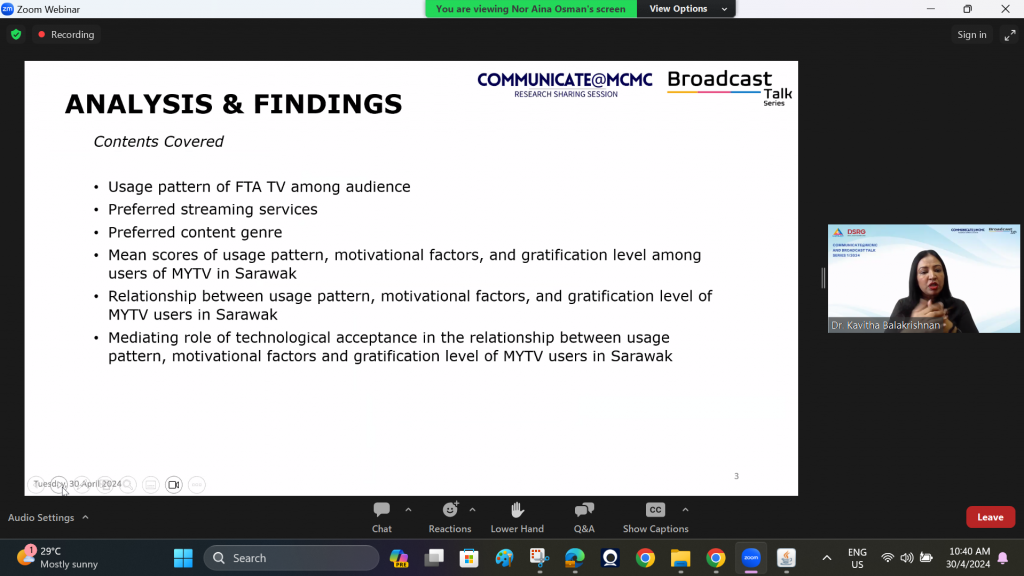
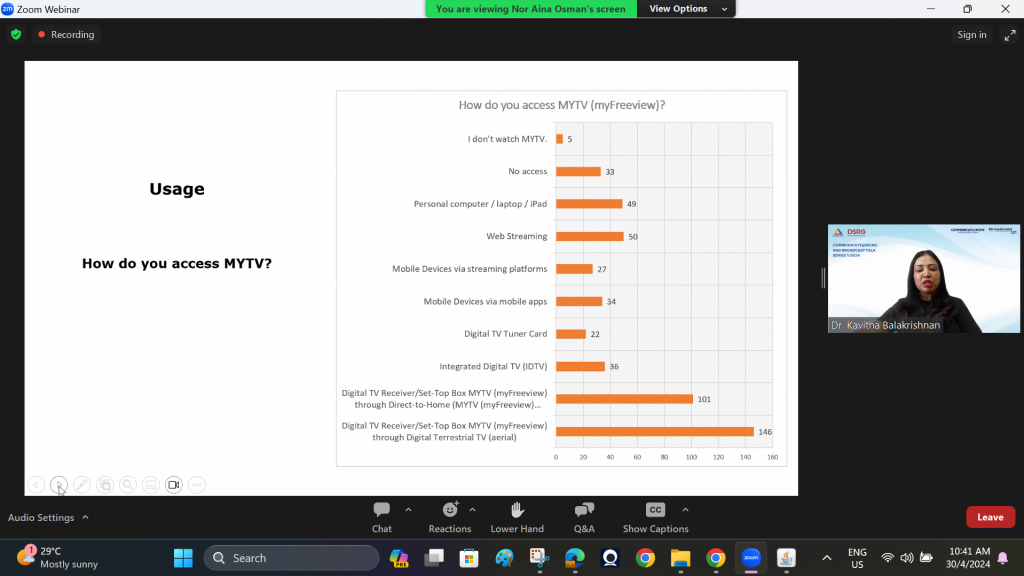
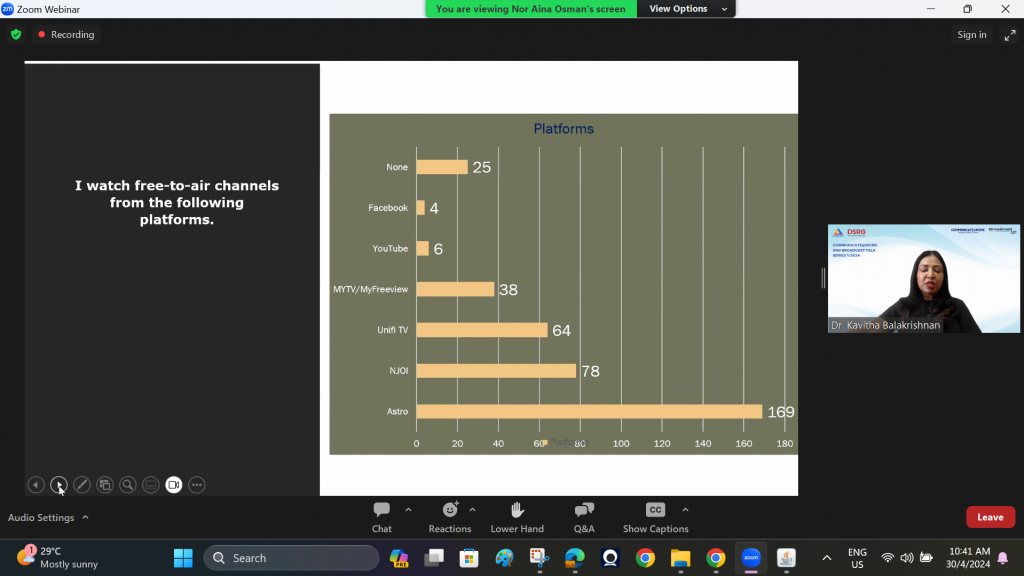
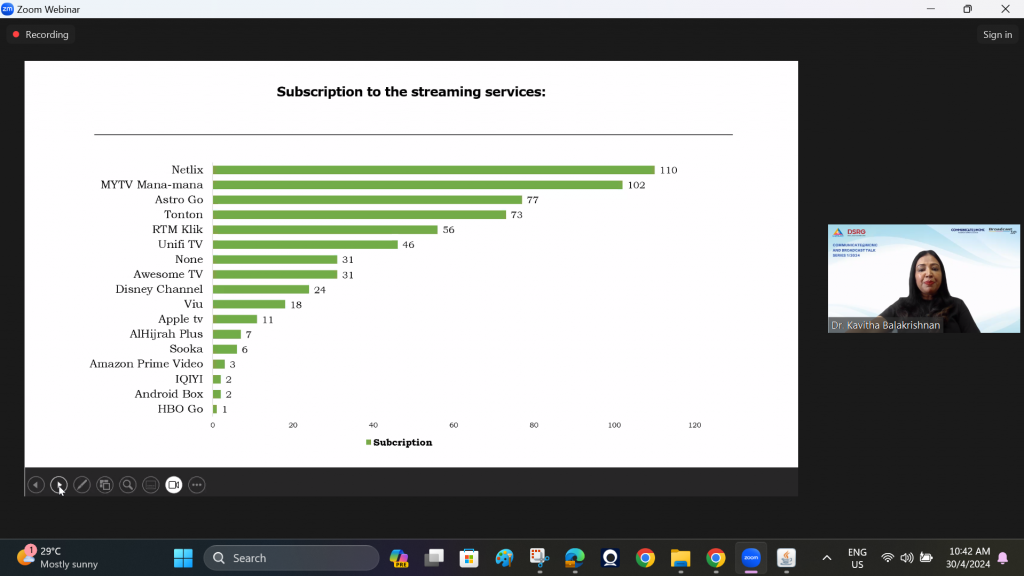
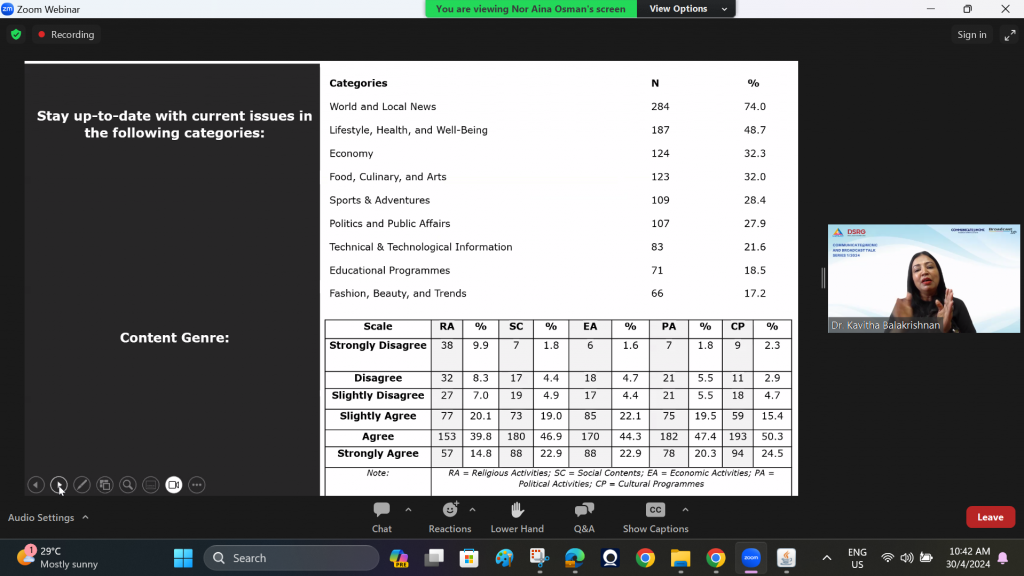
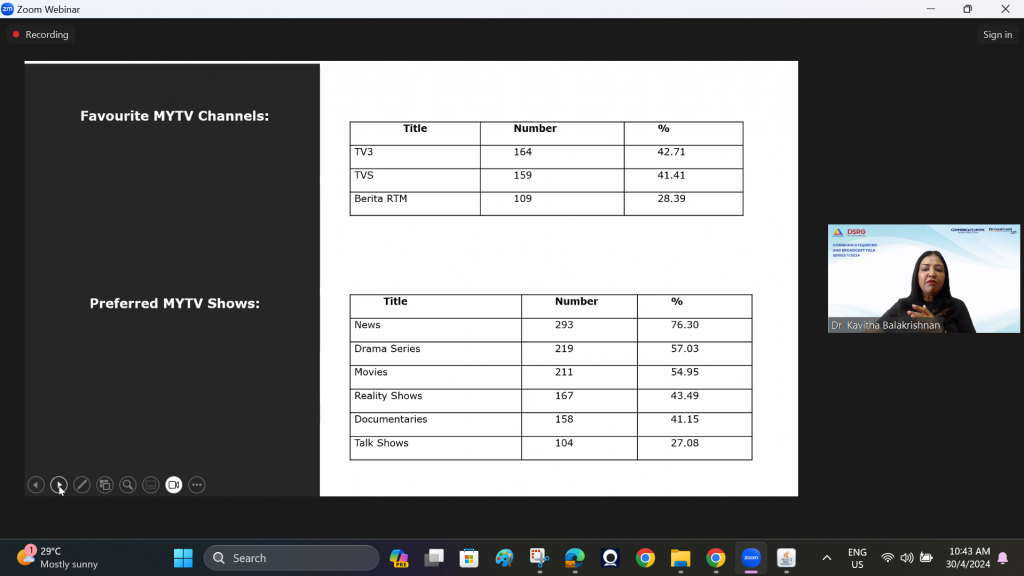
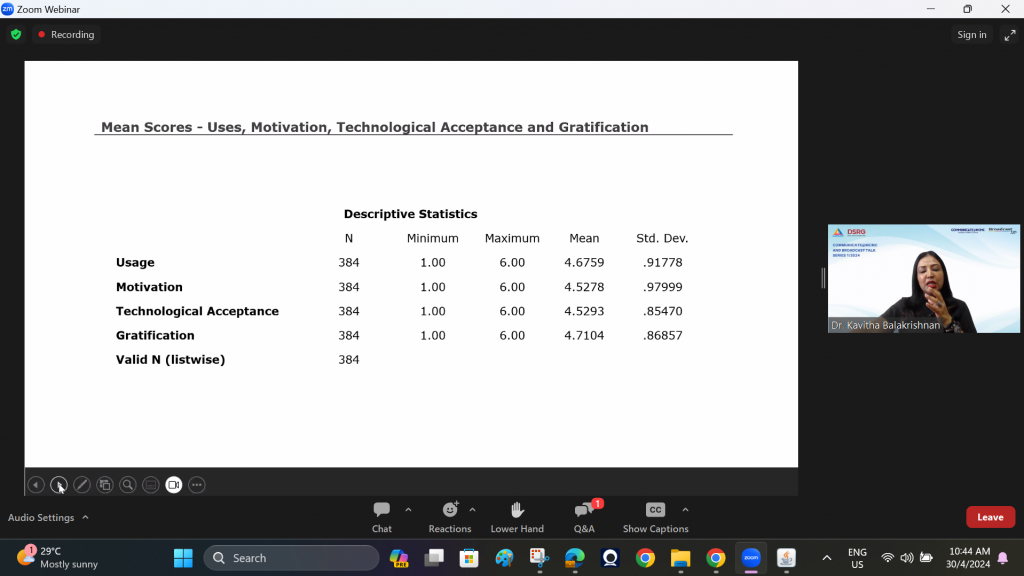
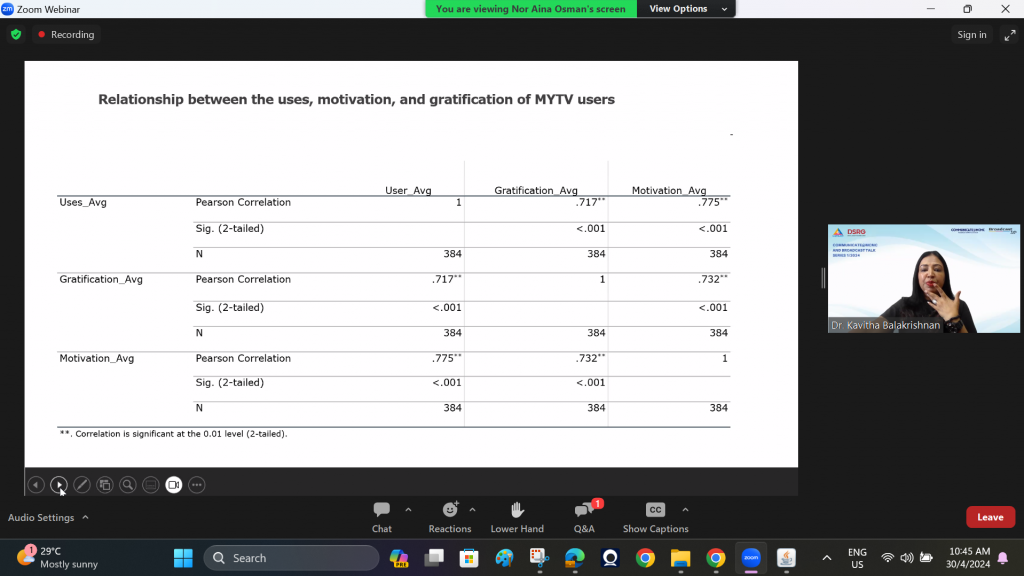
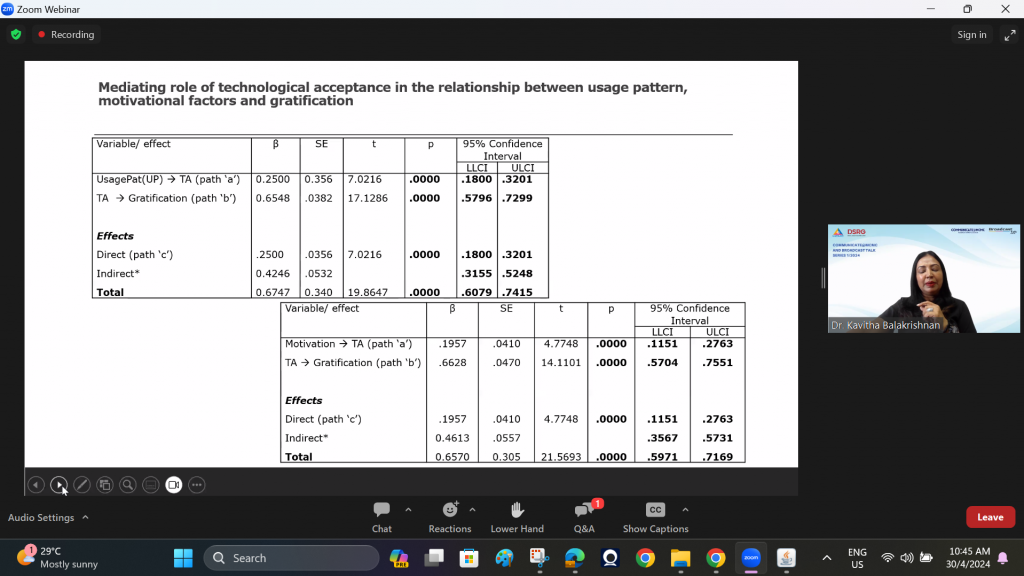
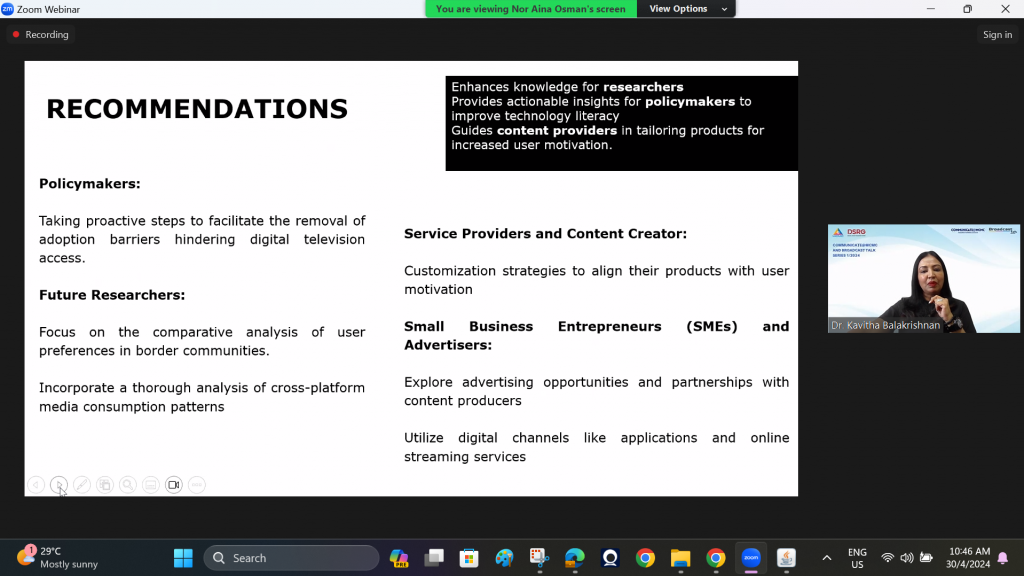
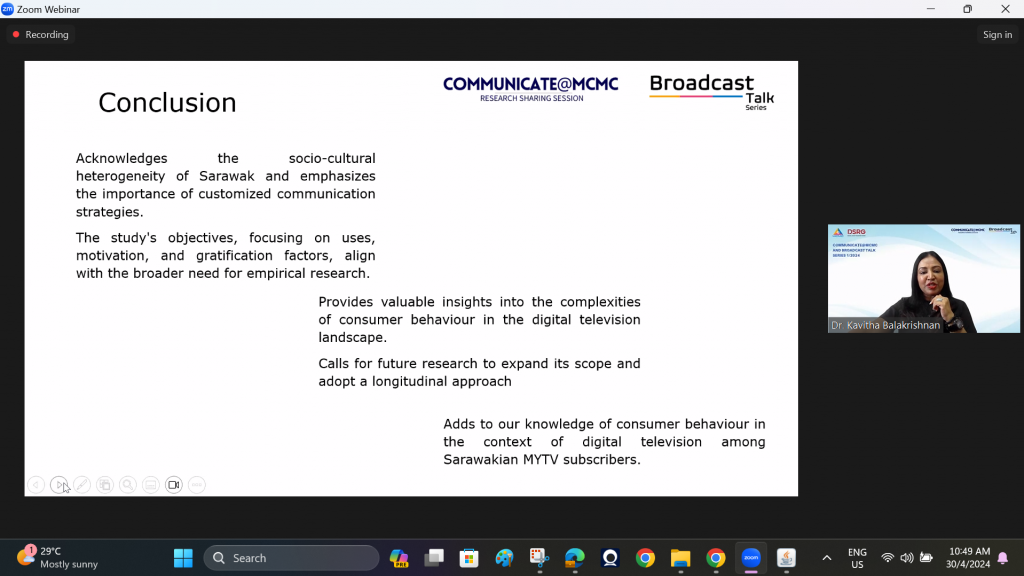
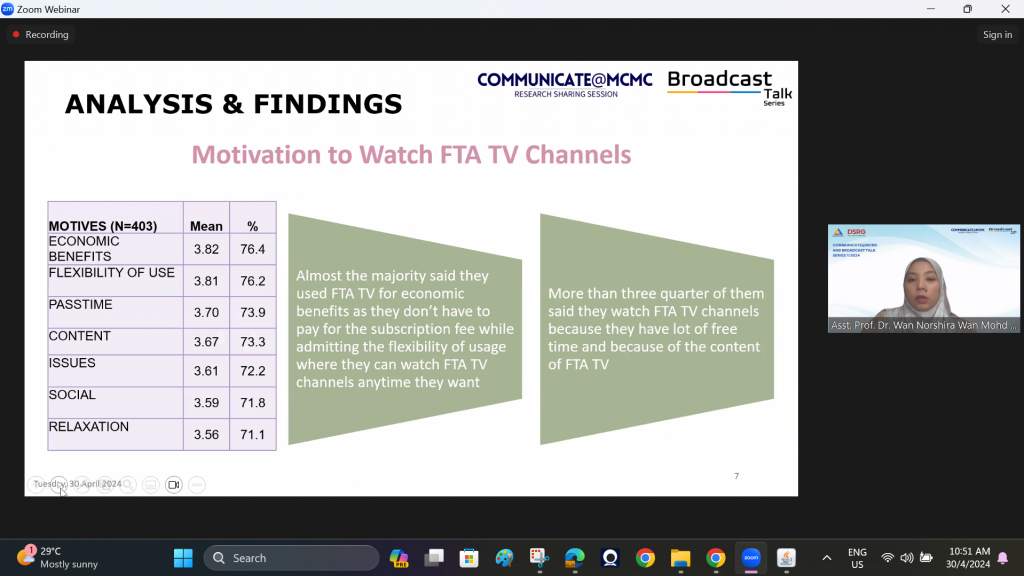
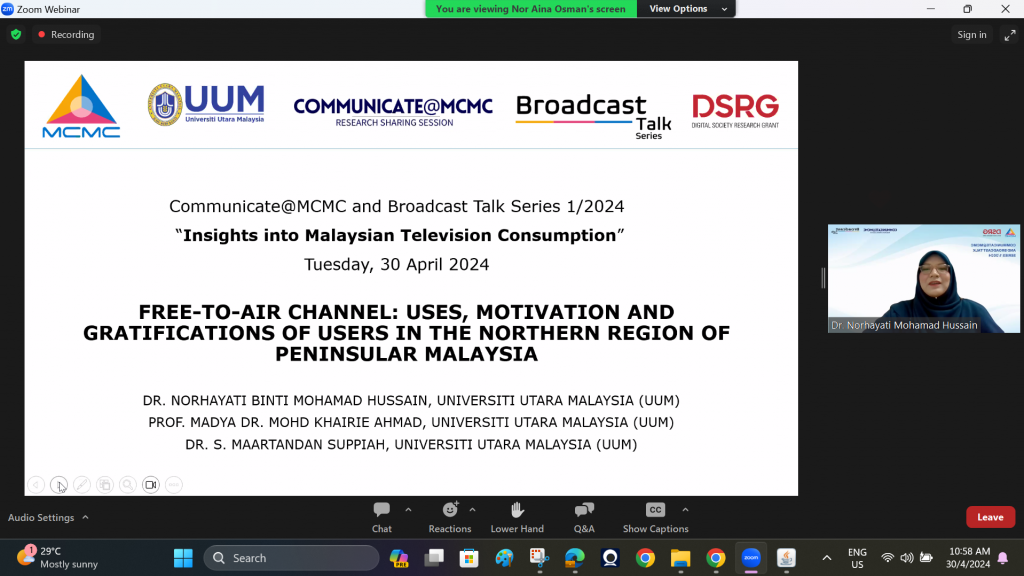
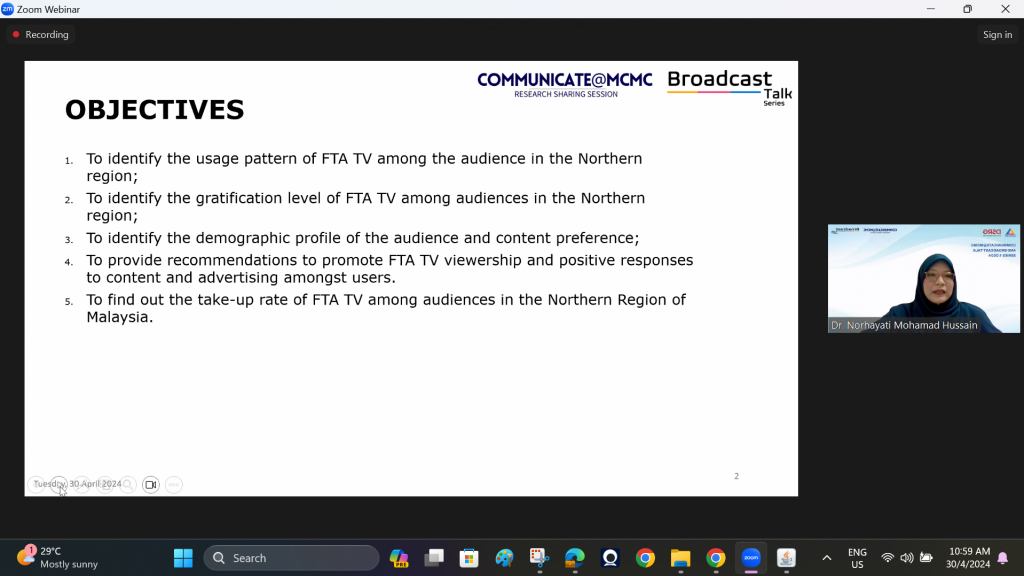
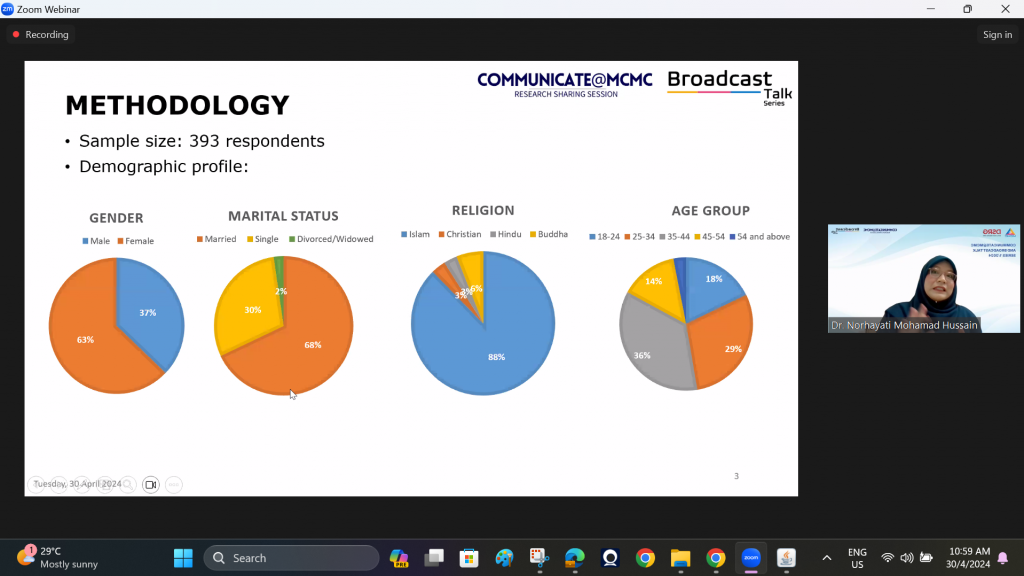
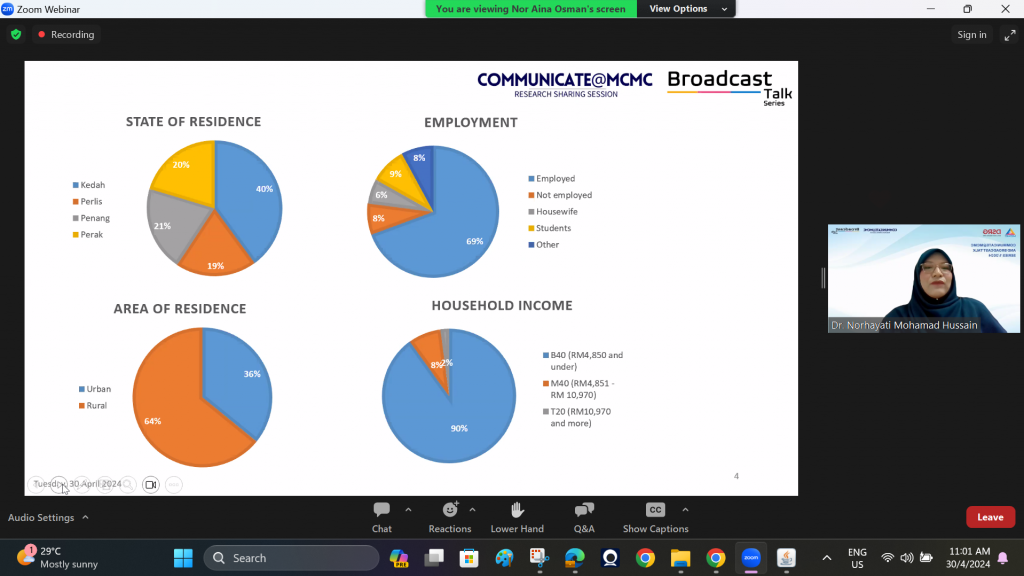

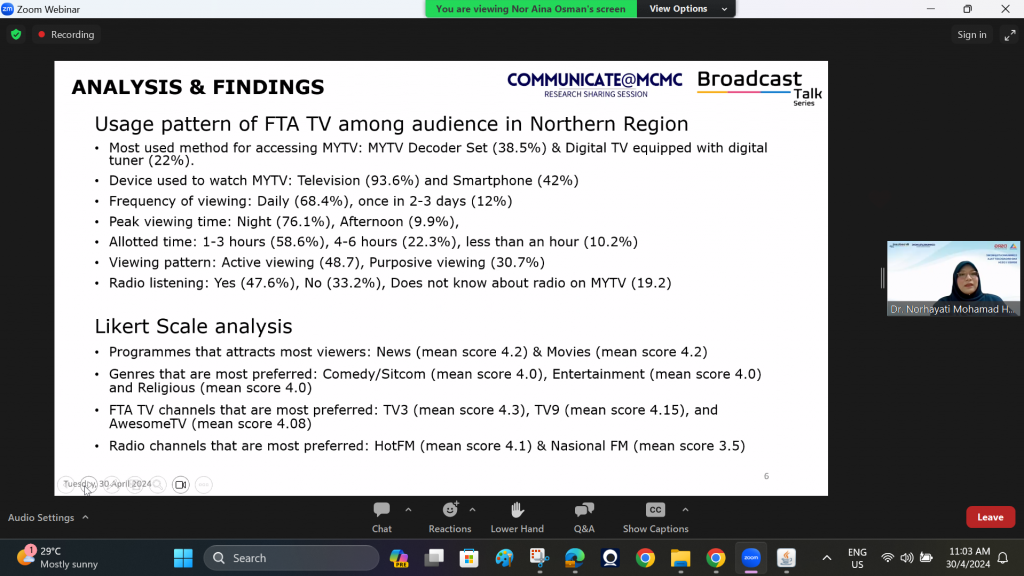
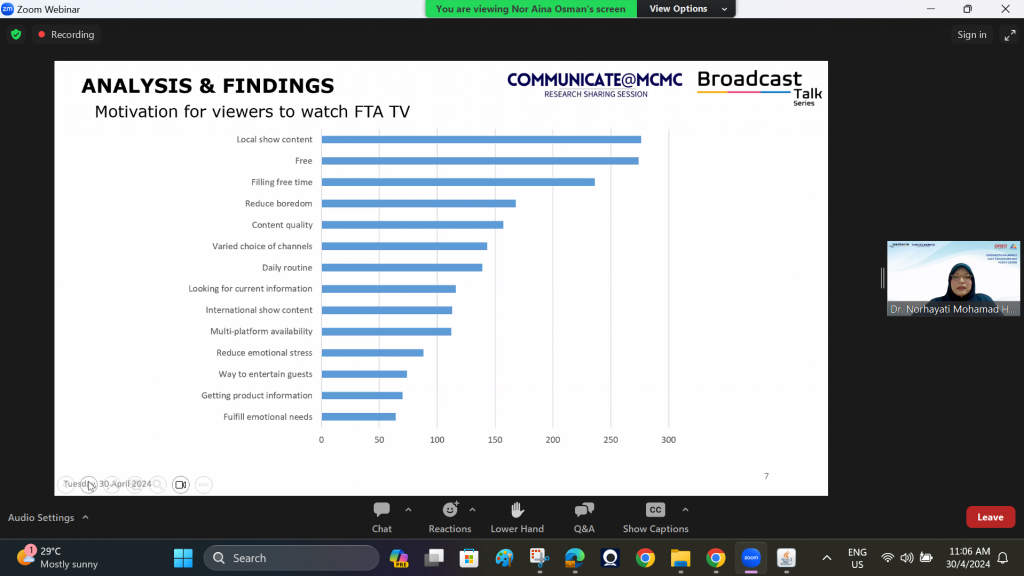

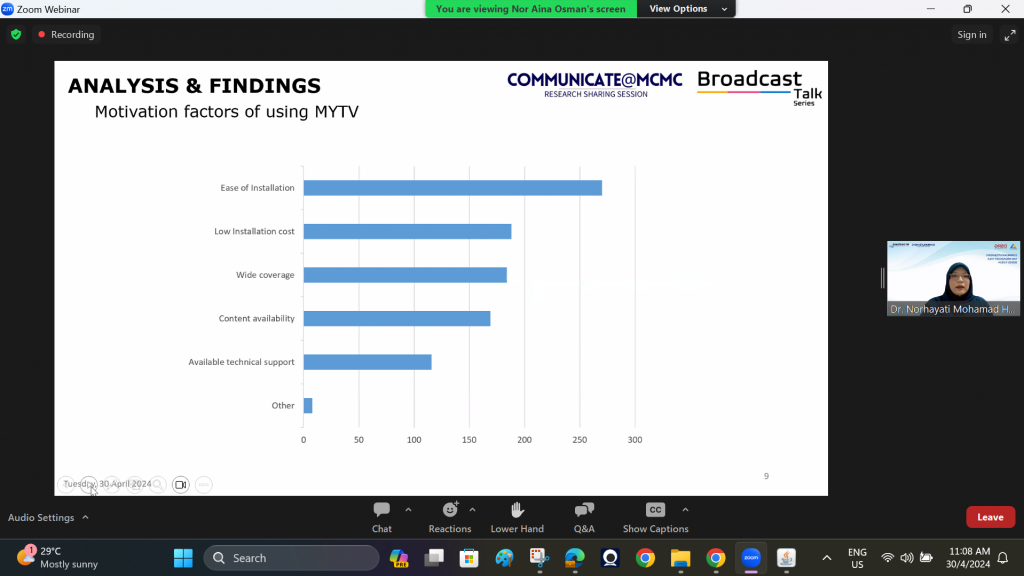
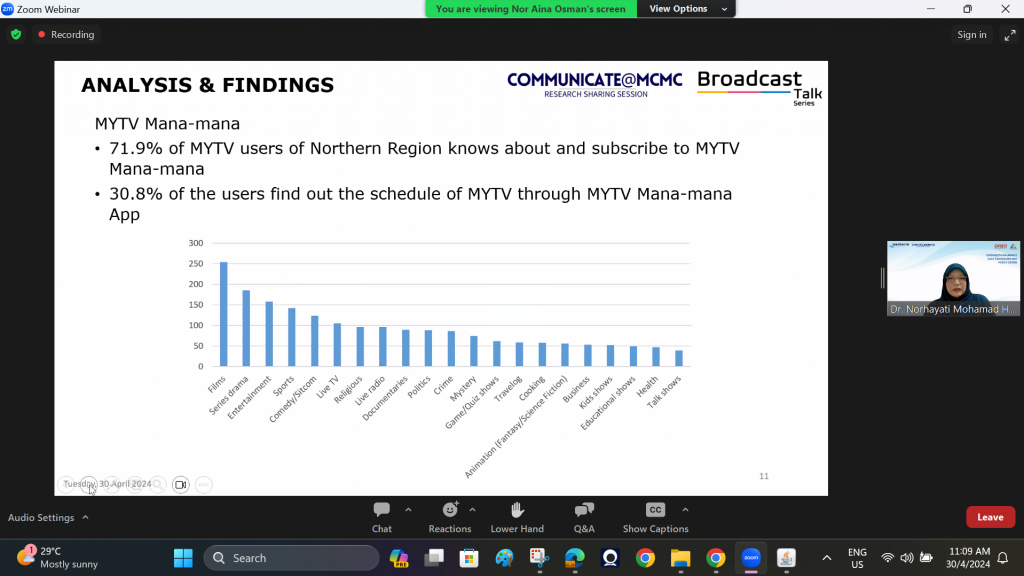
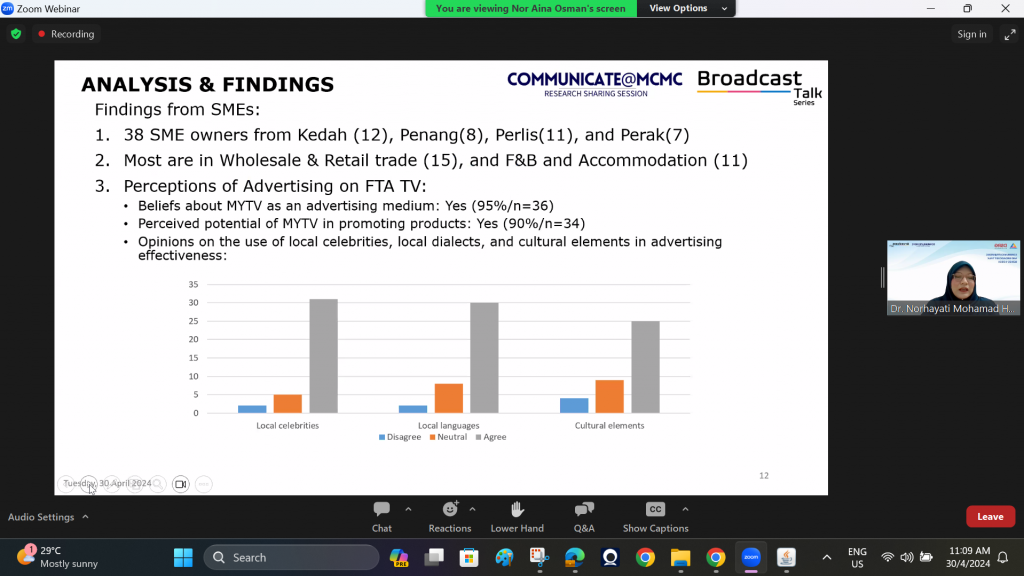

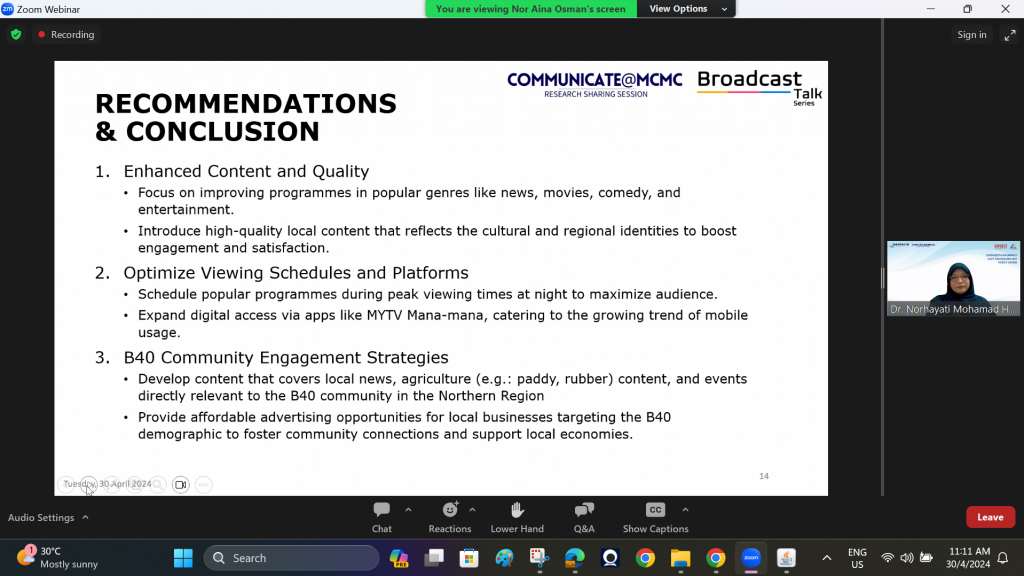
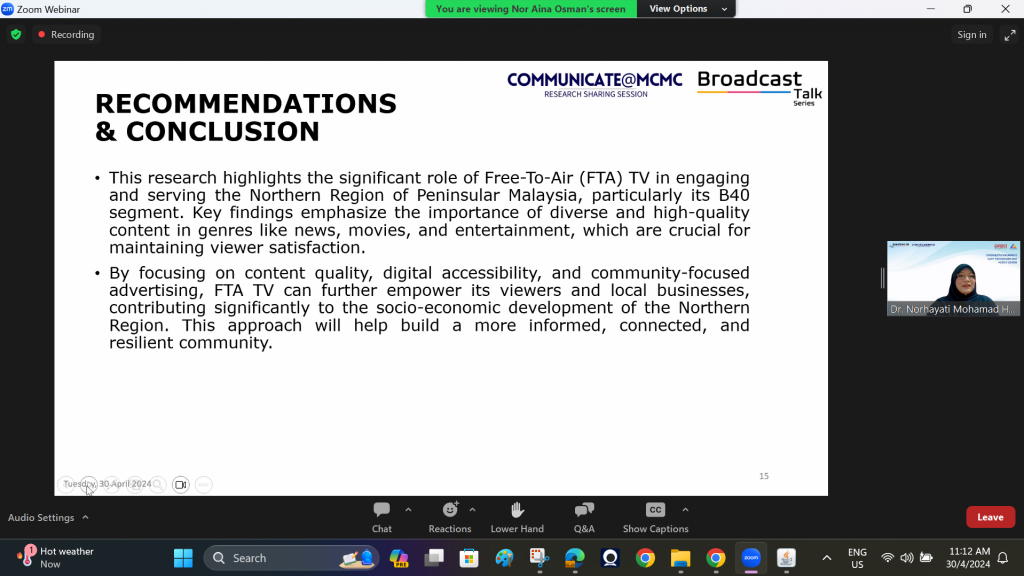
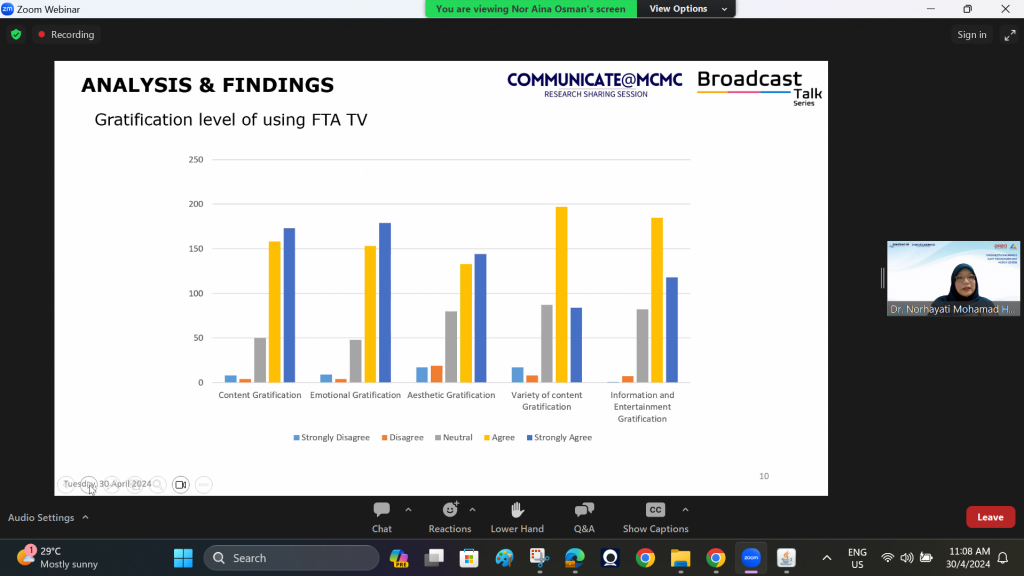
Tech Talk 2024/2 – Advance Wireless Communications
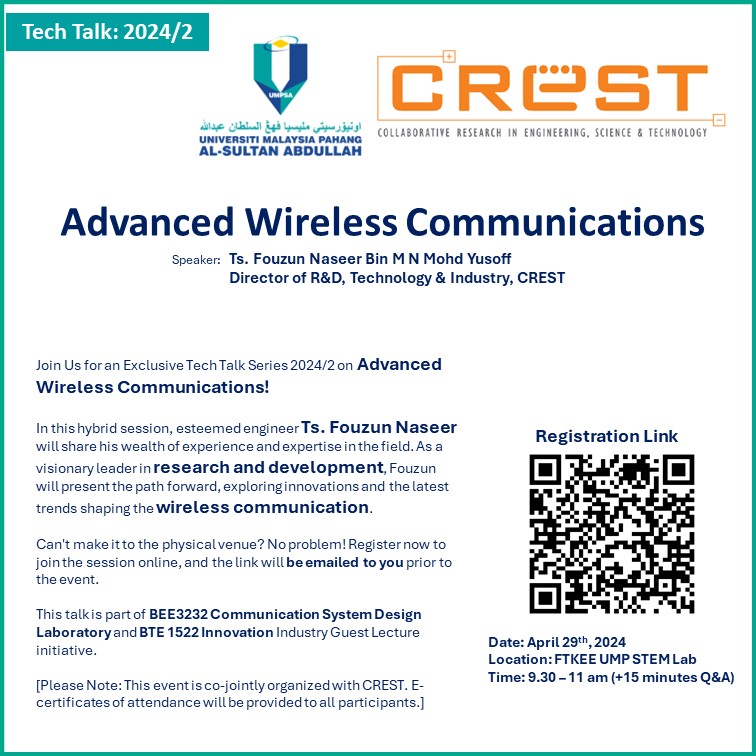
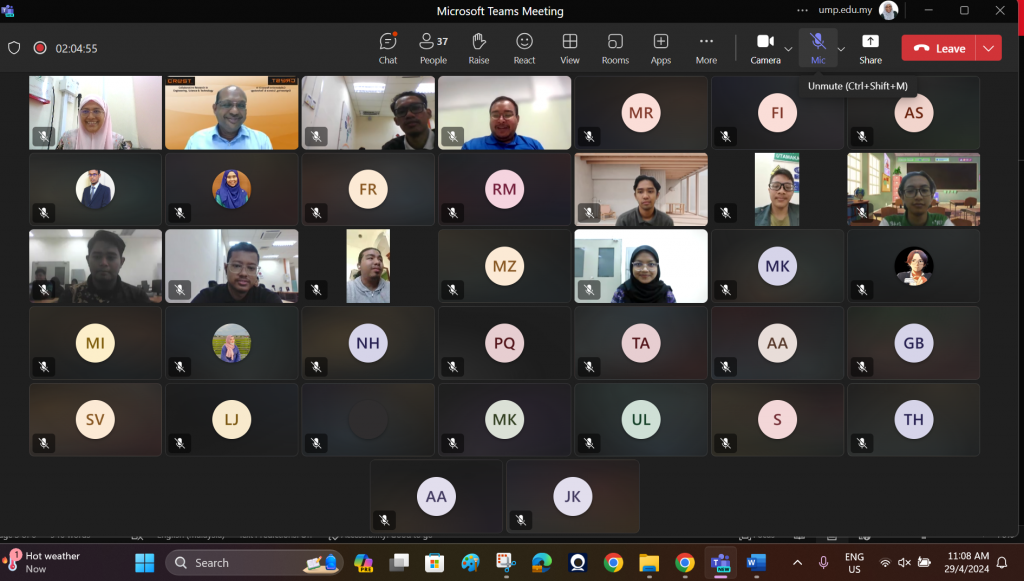
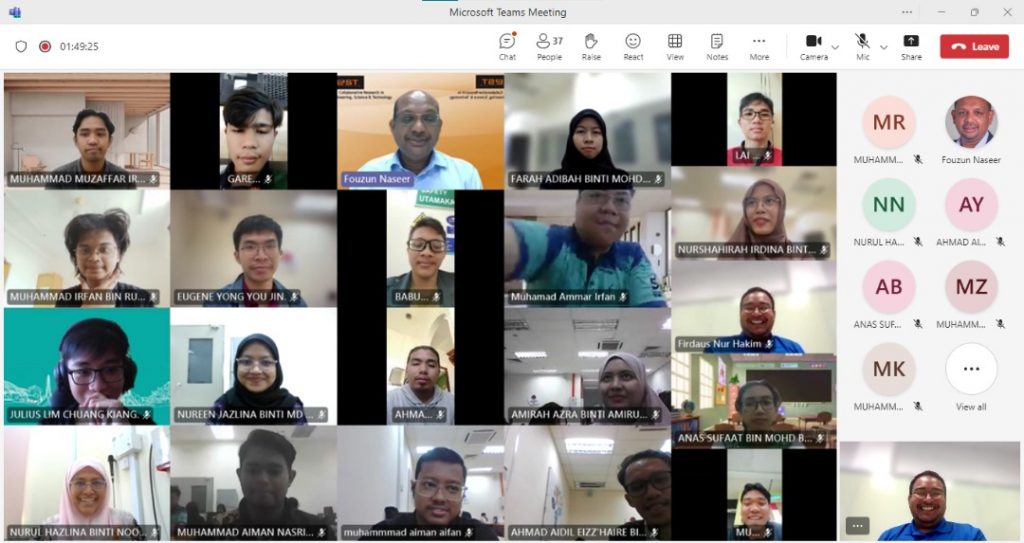
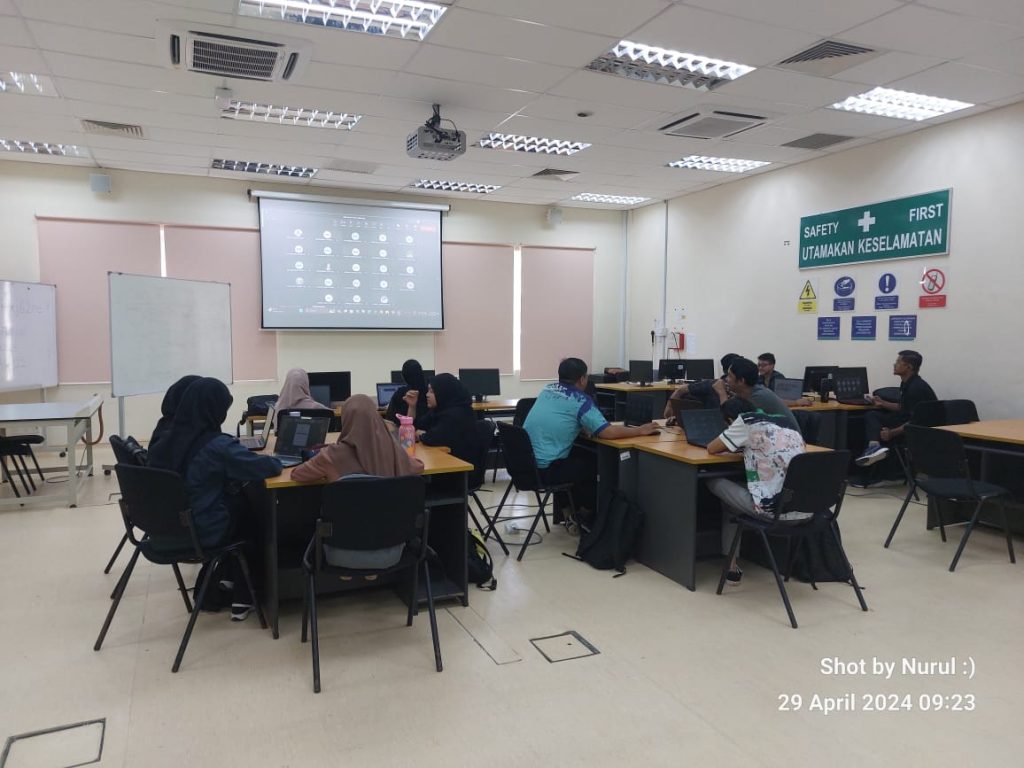
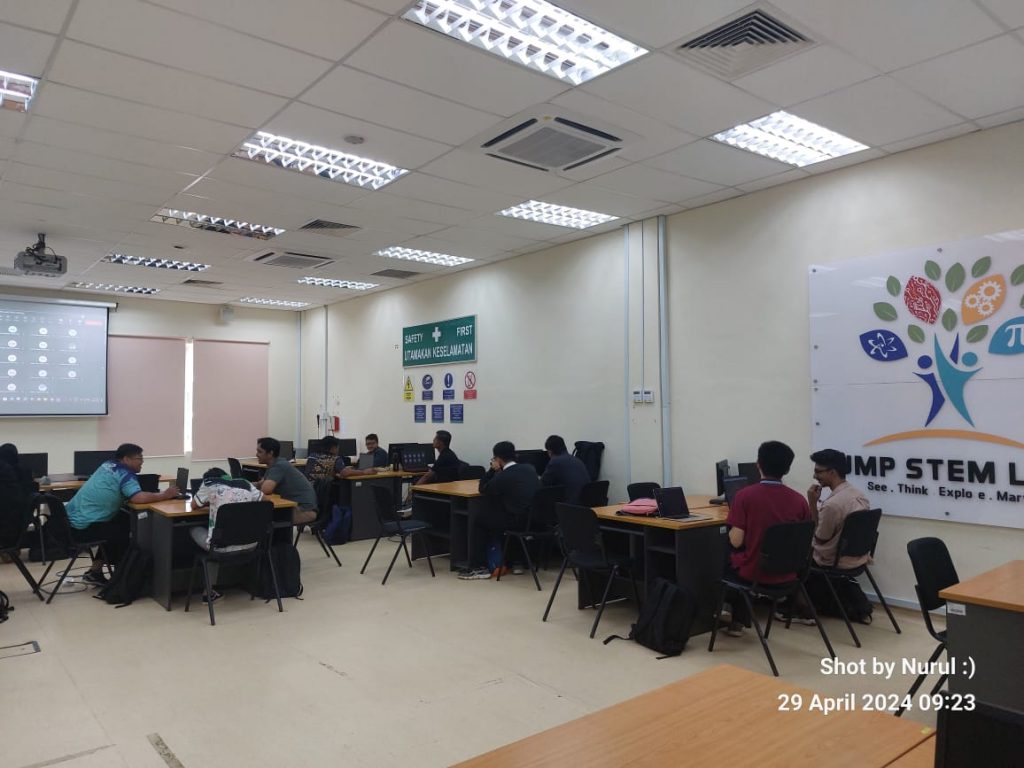

Today’s industrial talk session at UMP STEM Lab =), featuring an experienced speaker, Ts Fouzun Nassir, R&D Director of CREST (https://crest.my/). Mr Fouzun delved into the subject of advanced wireless communication. The two-hour discussion was filled with engaging insights and thought-provoking questions, addressing various aspects of the communication technology. Let’s explore some of the key topics discussed during the session:
- The Decline of Ericsson and Nokia in Today’s Phone Market –
Ericsson and Nokia, once giants in the early days of wireless communication, have seen a decline in their relevance in today’s phone market. Factors contributing to this decline include increased competition from emerging players, failure to adapt quickly to changing market trends, and perhaps complacency in innovation. To regain relevance, Ericsson and Nokia could focus on diversifying their product offerings, investing more in research and development, forging strategic partnerships, and enhancing their brand image through marketing and customer engagement initiatives. - The Persistence of 2G Networks Despite 5G Advancements –
Despite the advancements in 5G technology, there is still a reliance on 2G networks in certain regions or applications. This reliance can be attributed to several factors such as cost-effectiveness, backward compatibility with older devices, and the availability of infrastructure in remote or rural areas. Additionally, 2G networks are often used for essential services like voice calls and messaging in regions where 5G infrastructure is not yet widespread. - The Role of AI/ML in Improving Wireless Communication Systems-
AI and ML technologies play a crucial role in optimizing network performance and spectrum utilization in wireless communication systems. By analyzing vast amounts of data, AI algorithms can dynamically adjust network parameters, predict user behavior, and optimize resource allocation. This leads to improved network efficiency, reduced latency, and enhanced user experience. - Addressing Security and Privacy Concerns in Communication and IoT Projects –
With the proliferation of communication and IoT projects, security and privacy have become major concerns. Advanced systems employ robust encryption techniques, authentication mechanisms, and intrusion detection systems to safeguard user data against evolving cybersecurity threats. Additionally, privacy-enhancing technologies such as differential privacy and homomorphic encryption are being explored to protect sensitive information. - Future Applications of NFC Technology in Malaysia –
Beyond payments, NFC technology holds potential for various applications in Malaysia, including transportation ticketing, access control, healthcare data management, and retail loyalty programs. Initiatives are underway to explore these applications further and harness the full potential of NFC technology in enhancing convenience and efficiency across various sectors. - Environmental Sustainability in the Communications Hardware Industry –
As we strive for environmental sustainability and compliance with Sustainable Development Goals (SDGs), the communications hardware industry is adopting various methods to reduce electronic waste. This includes recycling programs, eco-friendly manufacturing processes, and designing products with longevity and recyclability in mind. Additionally, initiatives are being undertaken to promote the circular economy and minimize the environmental impact of communication technology. - The Potential Concerns Surrounding the Development of 6G –
There is a concern that the development of 6G may be more closed-source than 5G, potentially hindering innovation and progress. Unlike the collaborative and open approach seen in the development of 5G standards, the race to develop 6G technologies may lead to proprietary solutions and fragmented ecosystems. This could limit interoperability, stifle competition, and impede the widespread adoption of 6G technology.
The talk by En Fouzun Nassir provided valuable insights into the complexities and future prospects of wireless communication. Especially for BTE 3232 students, Communication System Design Laboratory.
Today’s tech talk by En Fouzun Nassir marks an exciting initiative in UMP STEM Lab Tech Talk 2024/2 series, aimed at bridging the gap between industry expertise and student learning. With a focus on the subject of BTE 3232 Communication System Design Lab, esteemed experts from various fields come together to share their wealth of experience and insights with students. These talks serve as invaluable opportunities for students to gain firsthand knowledge, engage with industry professionals, and enrich their understanding of real-world applications in communication system design.
To all BTE 3232 students, thank you very much for your active participations throughout the talk =).
Nurul Hazlina Noordin
April 29th, 2024
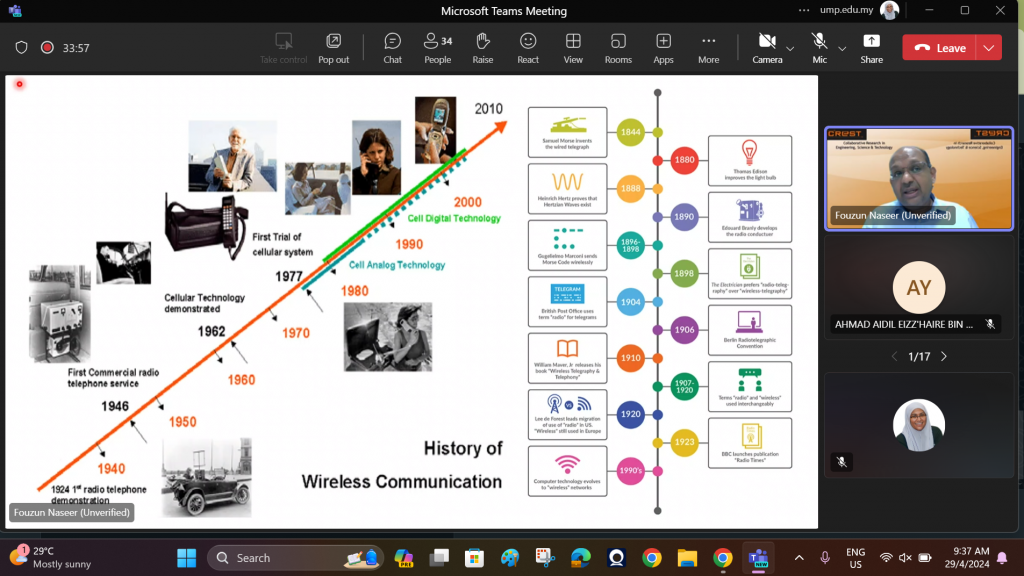




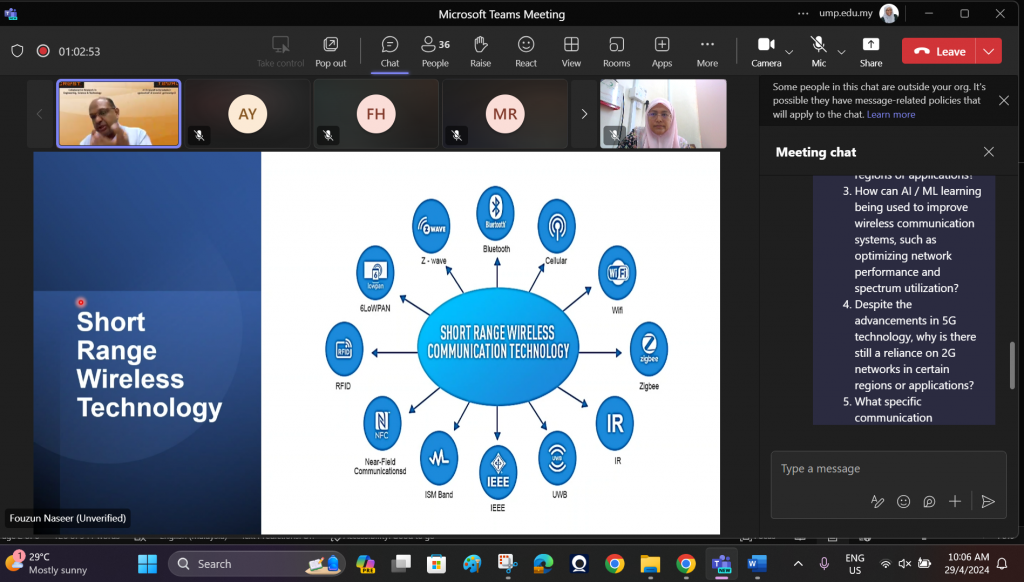
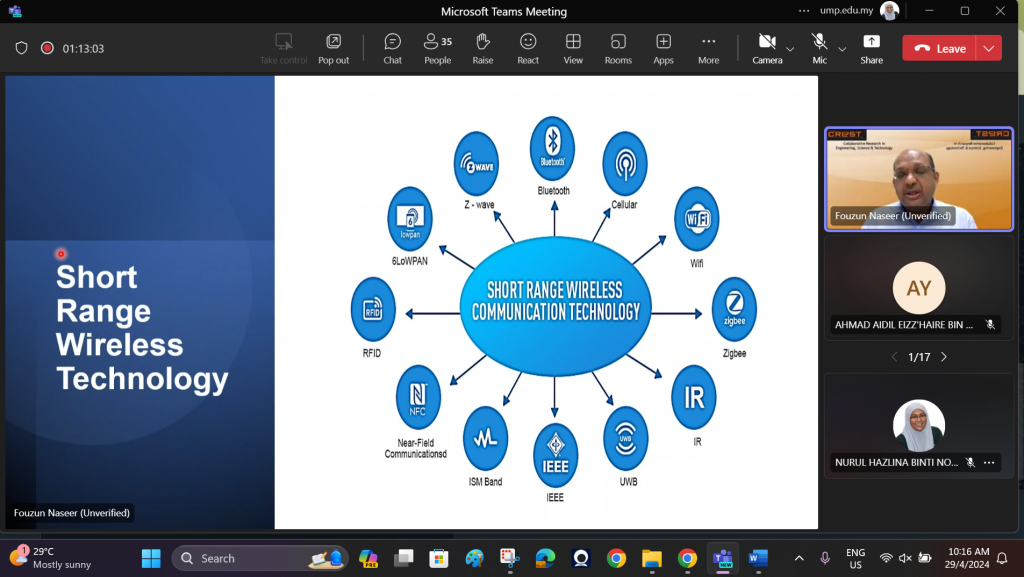
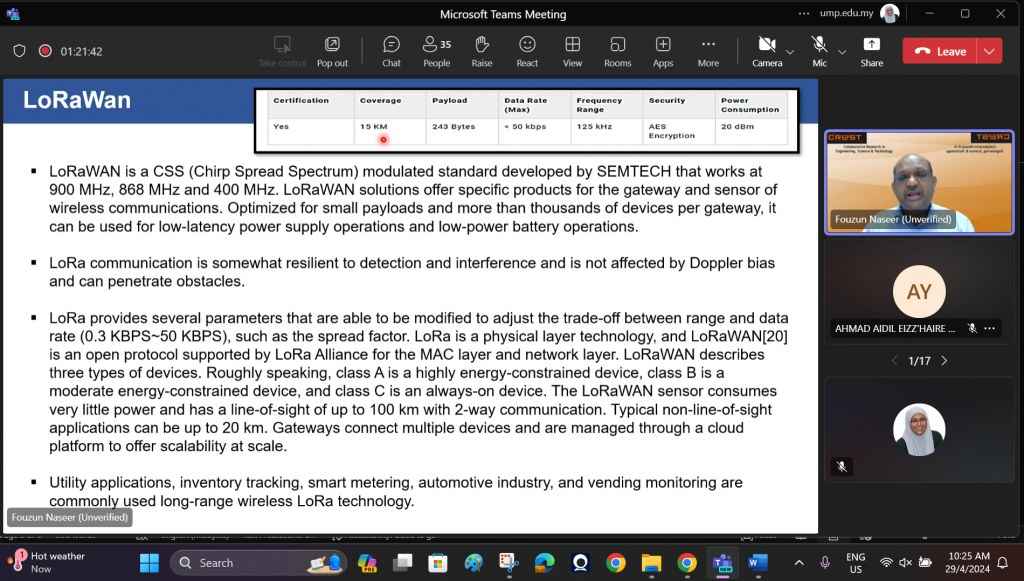
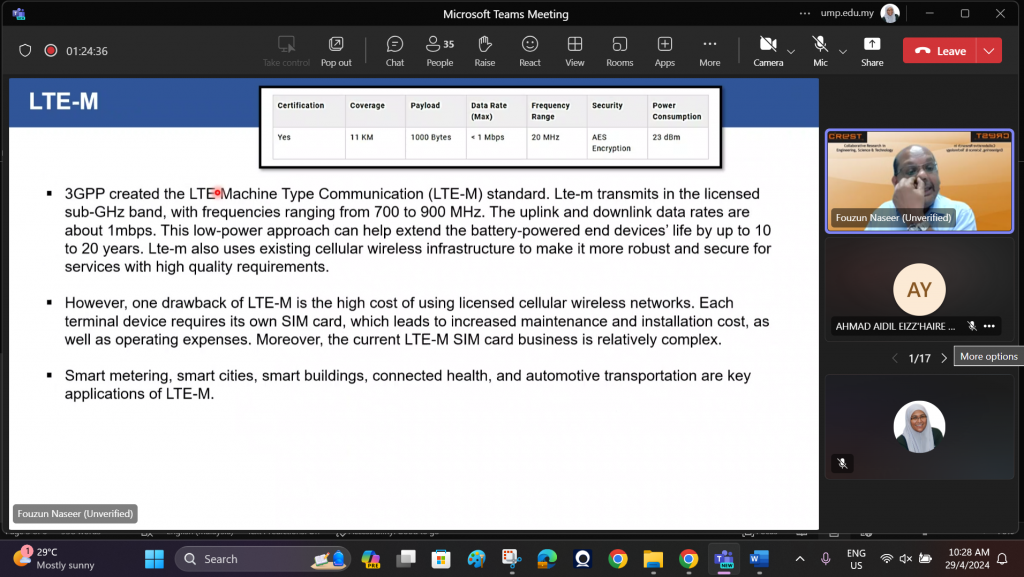
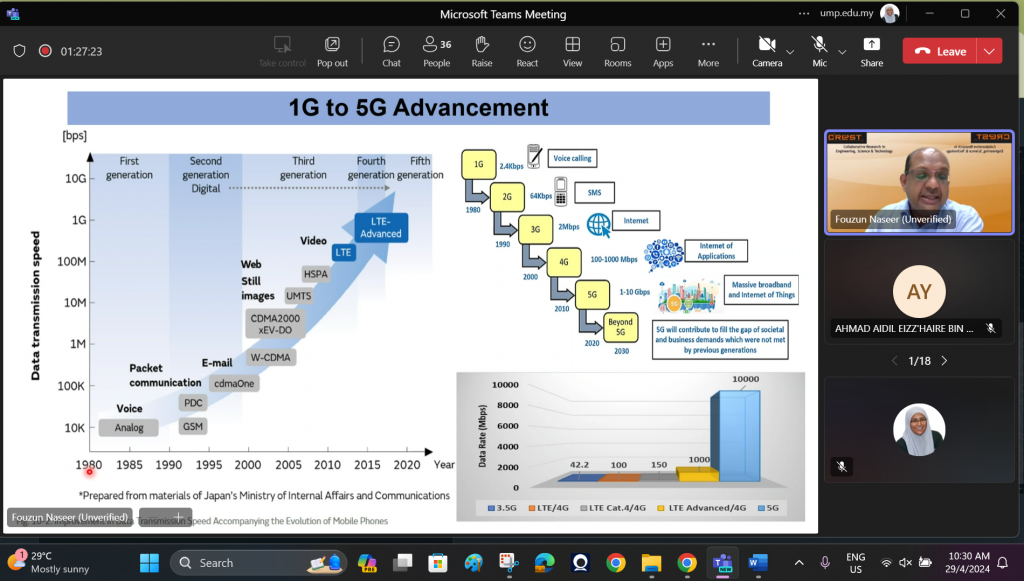
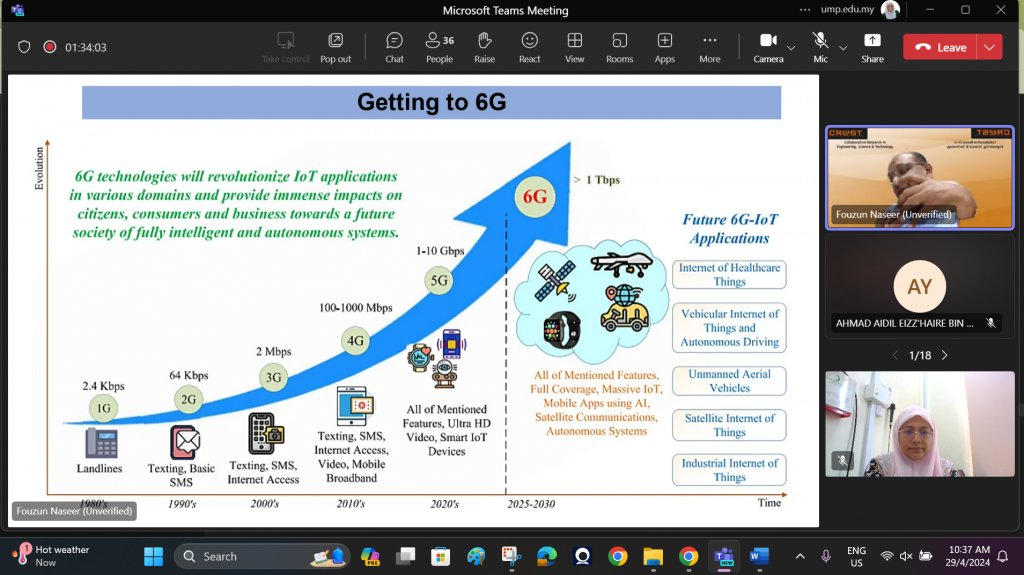
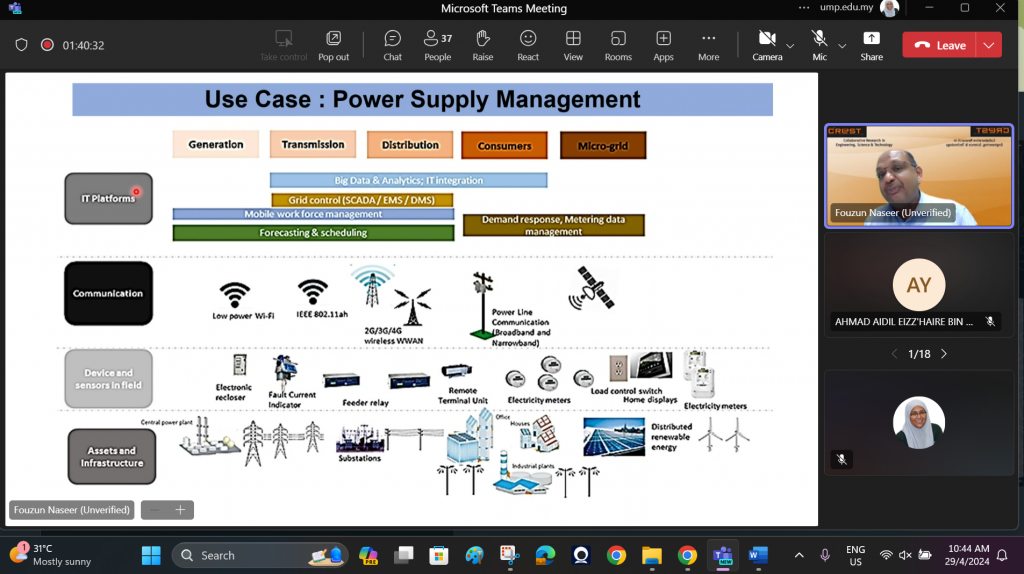
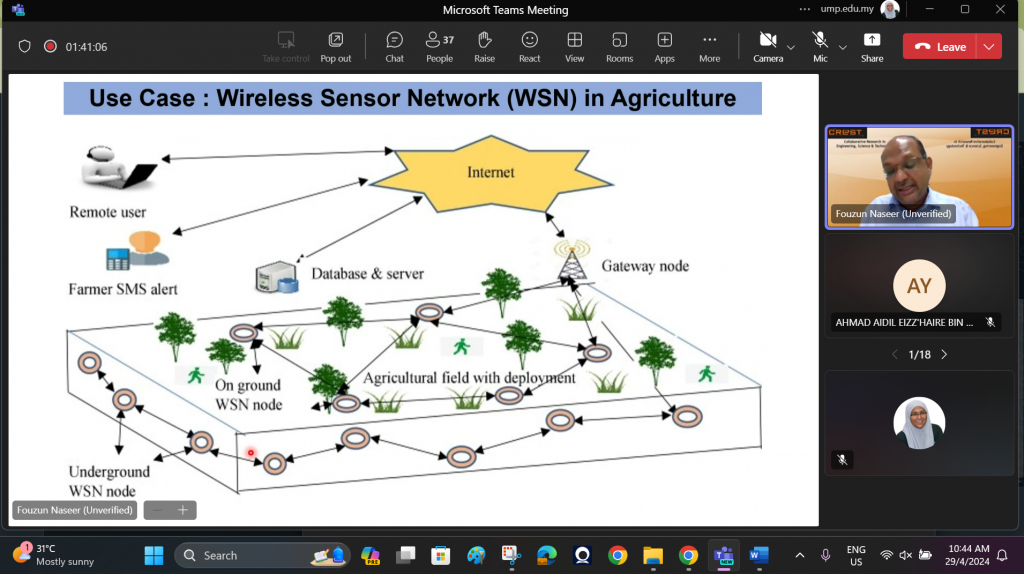
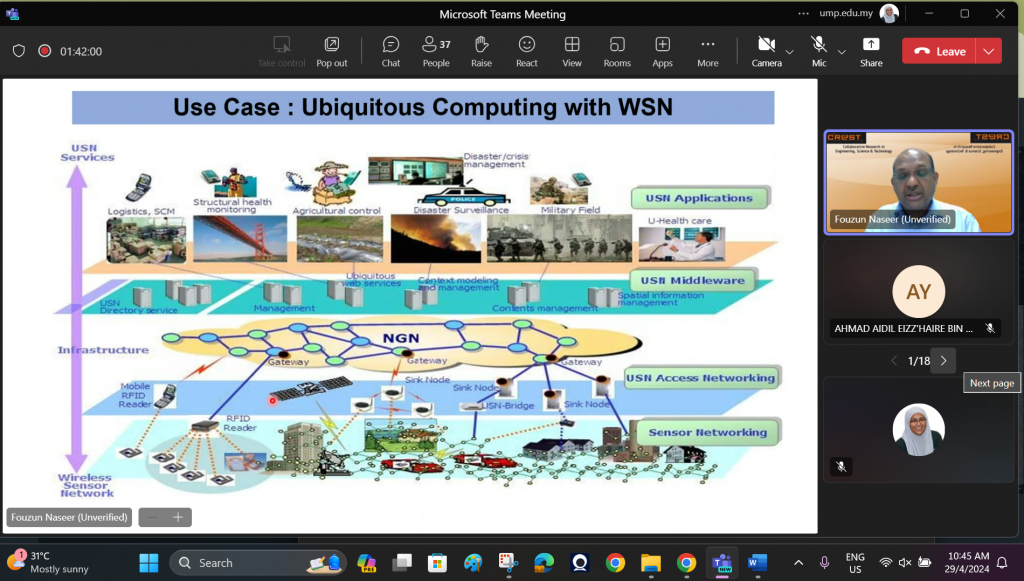
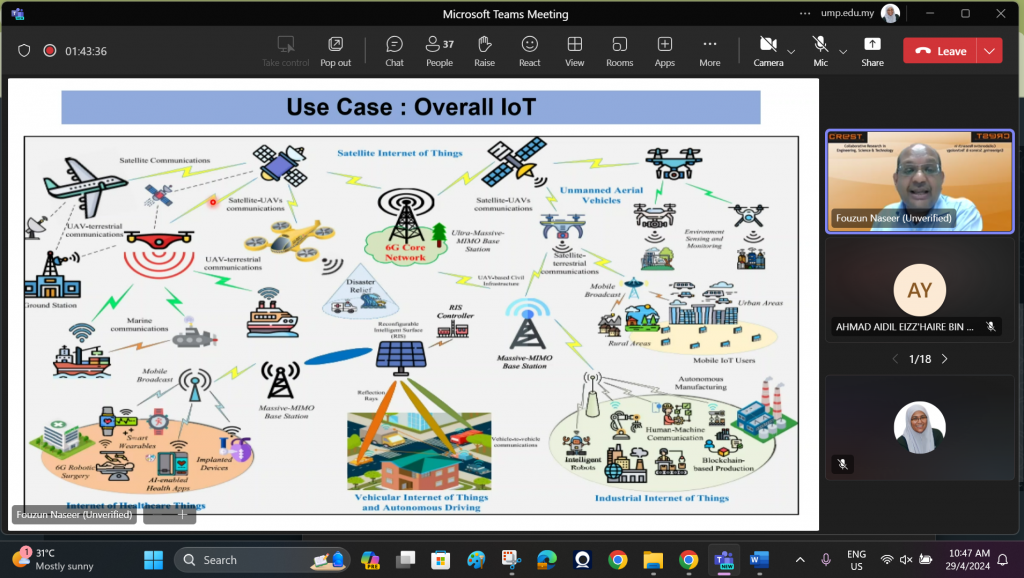
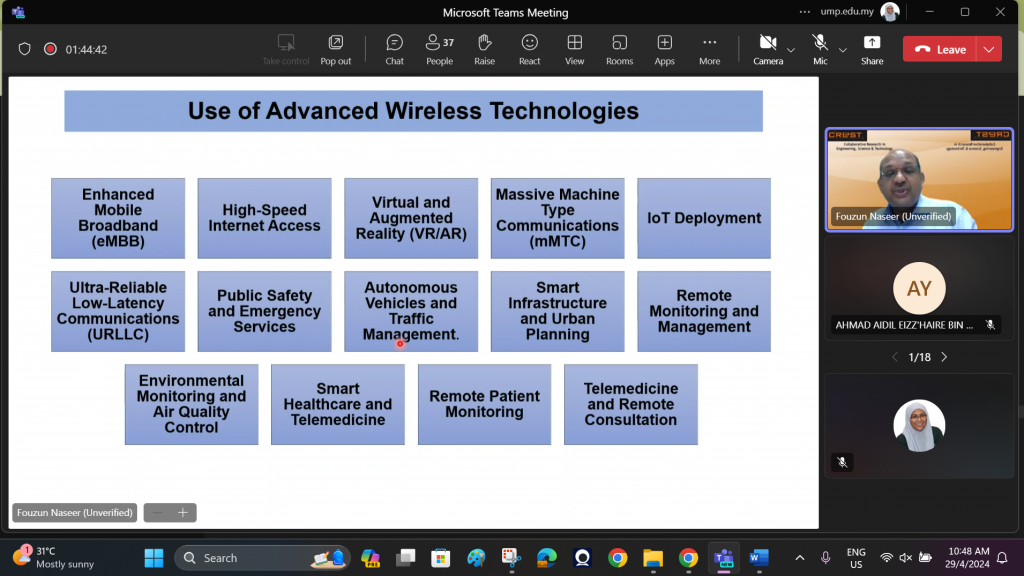
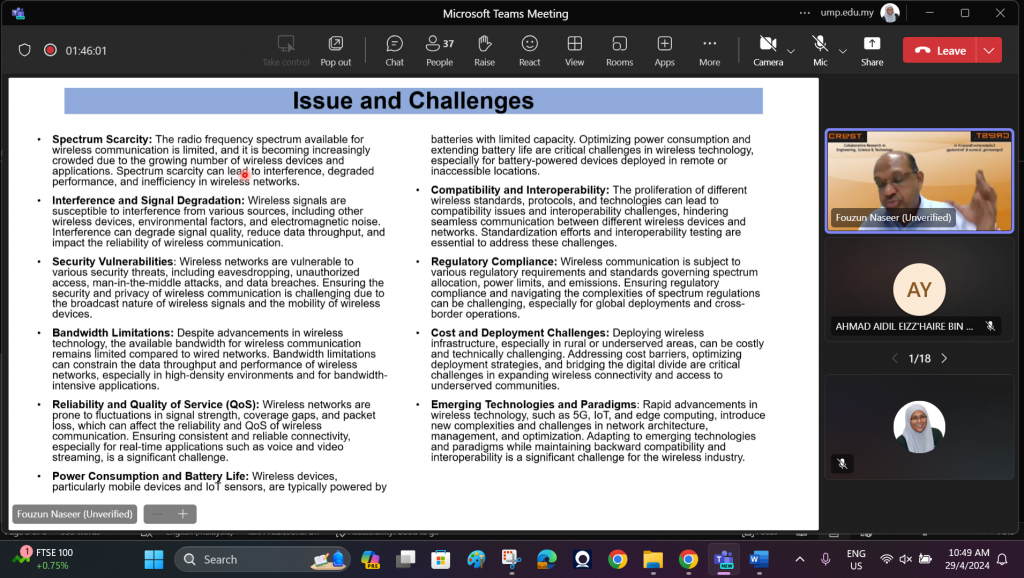

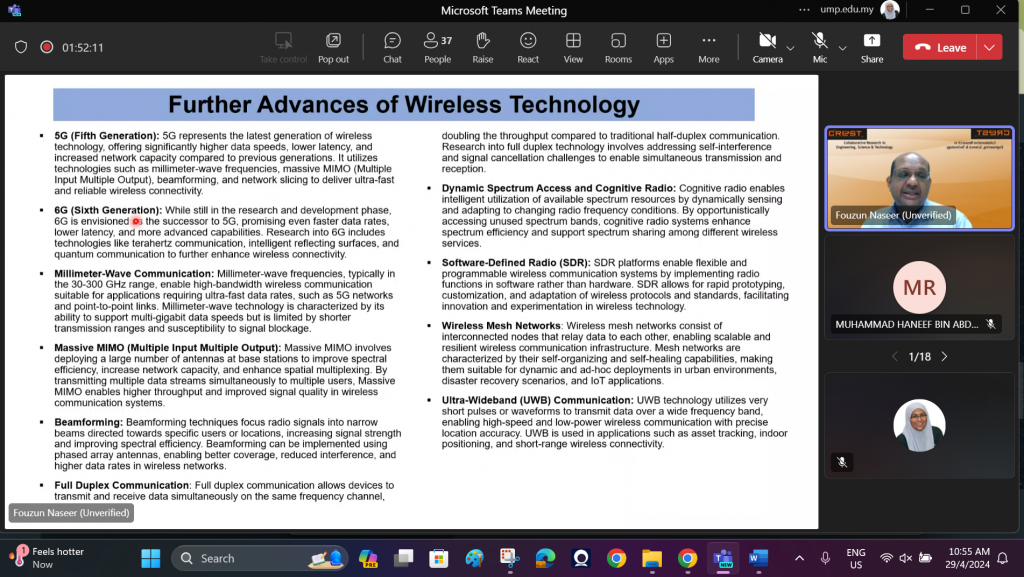
BTE3232 – Communication System Design Laboratory Assignment
1. Project Assignment Overview
The project assignment for BTE 3232 Communication System Design Laboratory is designed to provide students with practical experience and insight into various aspects of communication systems. The assignment comprises three segments:
- Write a review on current trends in wireless communication systems.
- Report on a visitation to KLCC Petronas Twin Tower communication room.
- Design communication circuit construction and simulation.
Each segment carries equal weightage and contributes 40% towards the overall assessment.
2. Segment 1: Review on Current Trends in Wireless Communication Systems
Instructions
- Conduct research on current trends, advancements, and emerging technologies in wireless communication systems.
- Ask good quality questions.
- Write a comprehensive review highlighting key developments, challenges, and future prospects in the field.
- Ensure the review is well-structured, with clear sections covering topics such as 5G technology, IoT applications, spectrum management, and beyond.
3. Segment 2 – Report on Visitation to KLCC Petronas Twin Tower Communication Room
Instructions
- Arrange a visitation to the communication room at KLCC Petronas Twin Towers.
- Ask good quality questions.
- Document observations, insights, and experiences during the visit.
- Compile a detailed report outlining the infrastructure, equipment, and operations of the communication room.
- Include photographs, diagrams, and any relevant documentation to enhance the report’s clarity and understanding.
4. Segment 3 Design Communication Circuit Construction and Simulation
Instructions
- Select a communication circuit project relevant to the course curriculum.
- Design the circuit layout, considering factors such as component selection, wiring, and circuit configuration.
- Construct the circuit according to the design specifications, ensuring accuracy and precision.
- Simulate the circuit using appropriate software tools to validate functionality and performance.
5. Submission Guidelines:
- Each segment must be submitted individually within the specified deadline.
- Submit reports in a digital format, adhering to the prescribed format and guidelines.
- Late submissions will incur penalties as per the course policy.
Rubric


Tech Talk 2024/2 – CREST – Advance Wireless Communication

Next week, we’re going to have an experience speaker, Mr Fouzun Nasser, R&D Director from CREST (https://crest.my/) to talk about the Advanced Wireless Communication.
I would highly recommend you to join in (either in STEM Lab or online). Please register (https://forms.gle/mm6EK41iYMMdaava7), and the meeting link will be emailed to participants.
Thank you and have a nice weekend ahead 🙂
BTE1522 – Innovation (Python) – Week 8 – Assignment 1
Job well done everyone!
In this assignment, students of BTE1522 are required to modify the Slider Game with the following requirements:-
- Multi-Enemy Challenge: Modify the code to introduce a second enemy with a different color and movement pattern. Students should ensure that collision detection works for both enemies and update the scoring accordingly. Angelina & Hui Zhi
https://x.com/angelina_lina05/status/1780980368713355396?t=OiP41KEI_H3ZtgVfFKuzPQ&s=08
- Power-ups Implementation: Add power-ups that appear randomly on the screen. When the player collides with a power-up, provide a temporary advantage such as increased speed or invincibility. Aerie & Eason
- Difficulty Levels: Implement different difficulty levels (easy, medium, hard) that adjust parameters such as enemy speed, player speed, and the rate of appearance of enemies. Salita & Huda
- Obstacle Course: Introduce obstacles on the screen that the player must avoid colliding with. These obstacles should be placed randomly and have collision detection similar to the enemies. Syarah & Jia Hui
https://x.com/yIchiBaN1/status/1782343976680591540?t=QmEYhoxrJFqziV-SiZ5YsQ&s=08
Customizable Player: Allow the player to choose from different characters with varying sizes and colors. Ensure that collision detection and player movement are adjusted accordingly. Farihin &
- Endless Runner Mode: Modify the game to have an endless runner mode where the player continuously moves forward, and obstacles/enemies appear at increasing speeds. Implement a scoring system based on the distance traveled. Ashraf & Azhad
- Boss Battle: Design a boss enemy with unique characteristics and a health bar. The boss should have different attack patterns, and the player must defeat it to win the game. Implement scoring based on boss defeat time and remaining health. Aiman
….. and they did well. Congratulations!
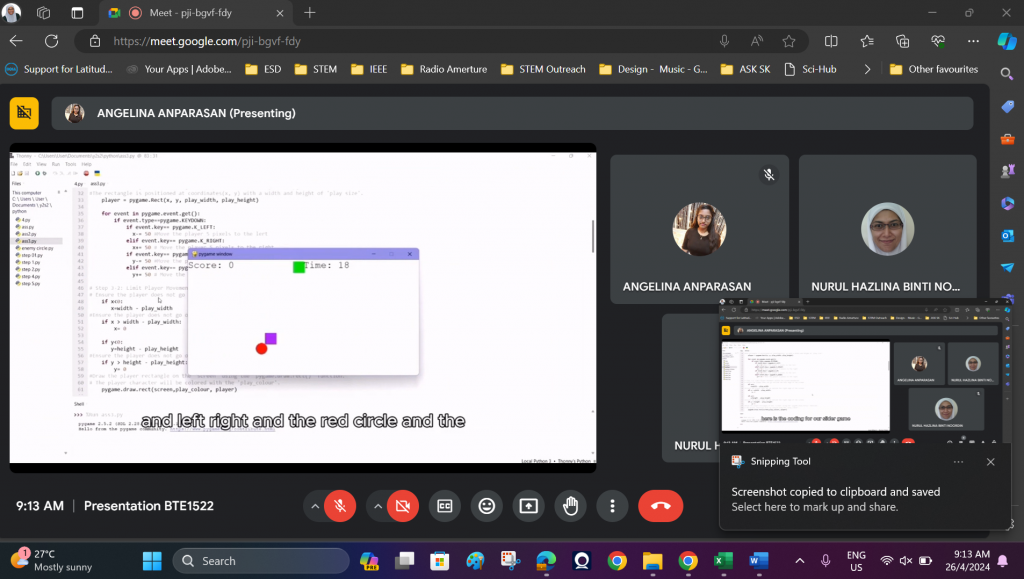
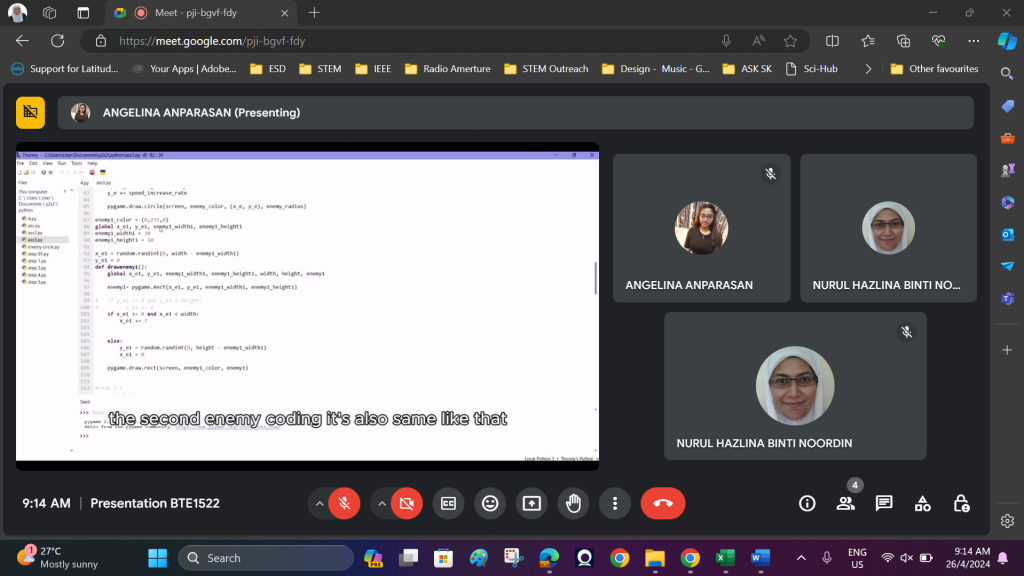

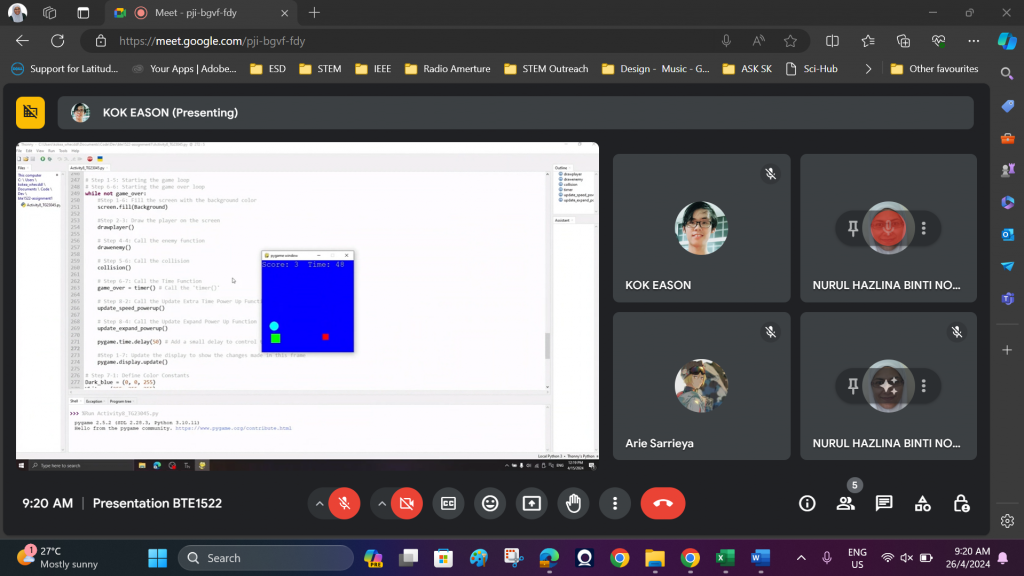

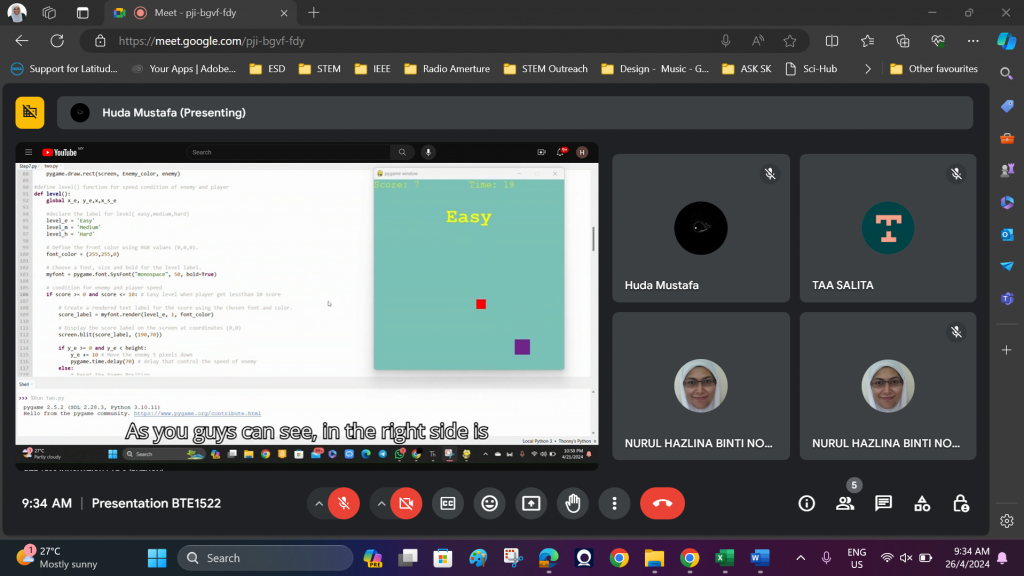

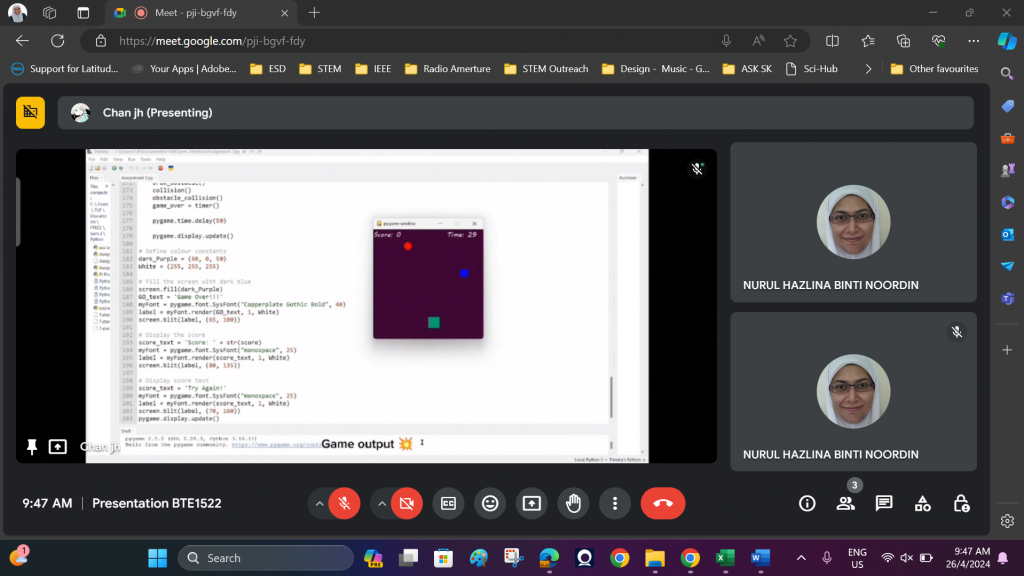
BTE1522 – Innovation (Python) – Week 8 – Activity 3 GPIO LED Blinks

This week, we looked into hardware construction and coding concepts, exploring fundamental skills essential for building interactive systems. The plan is o integrate GPIO (General Purpose Input/Output) pins and Python programming to control hardware components such as LEDs.
Activity 3 – Delay, time sleep
In this activity, we look into the importance of timing in hardware control, specifically the time.sleep() function – introduce delays between actions, gaining insight into how timing impacts the behavior of hardware components. By constructing simple circuits and adjusting delay intervals, students developed a deeper understanding of the relationship between code execution and physical response.
Activity 4 – Controlling LED from Keyboard
Building upon the timing and GPIO control, we looked into interactive programming by controlling an LED using keyboard input. Conditional statements and event handling techniques, are applied, to manipulate the LED’s state based on user commands. This activity encourages students to explore the concept of user-driven interaction, laying the foundation for more complex control schemes in future projects.
Challenge: Incorporating LED Output into the Slider Game:
Towards the end, students were tasked with enhancing their Slider Game project by integrating LED output, aiming at synchronizing LED behavior with game events, such as player collisions and game over conditions. Through creative problem-solving and iterative development, students aimed to create an immersive gaming experience where LED feedback enhances player engagement and provides real-time feedback.
Learning Outcomes:
- Understanding of basic hardware construction and GPIO control.
- Proficiency in controlling hardware components through Python code.
- Application of conditional statements and event handling in interactive programming.
- Integration of hardware output (LEDs) with software applications for enhanced user experience.
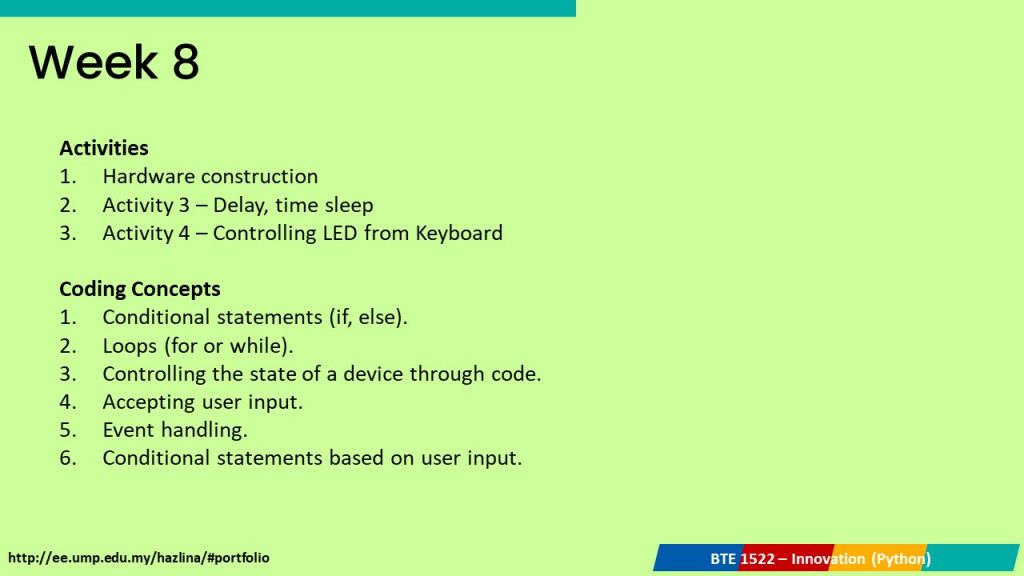

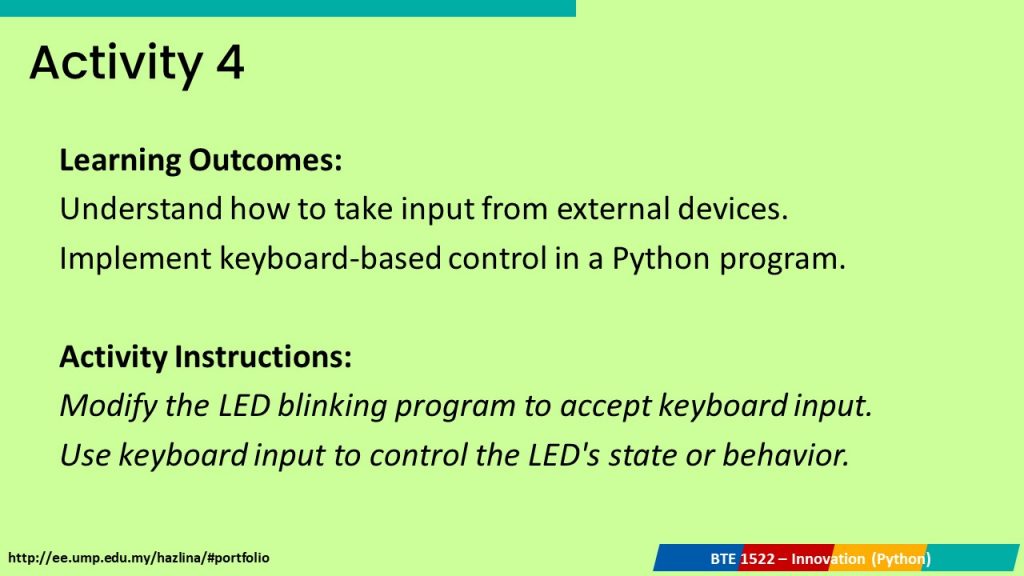


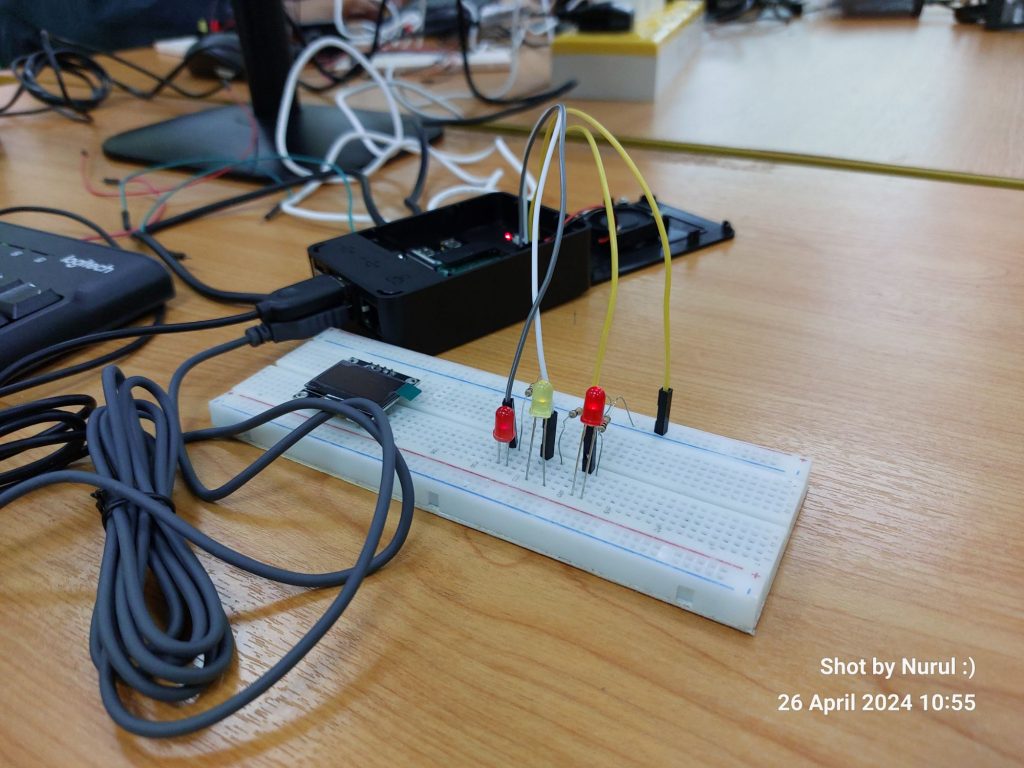


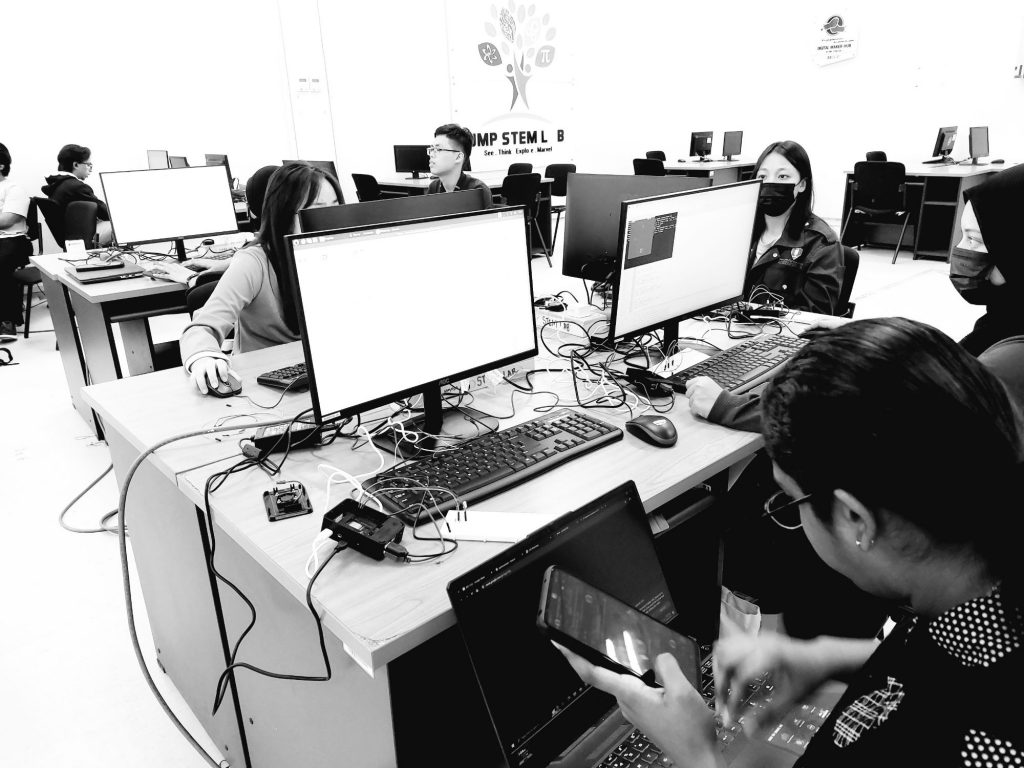
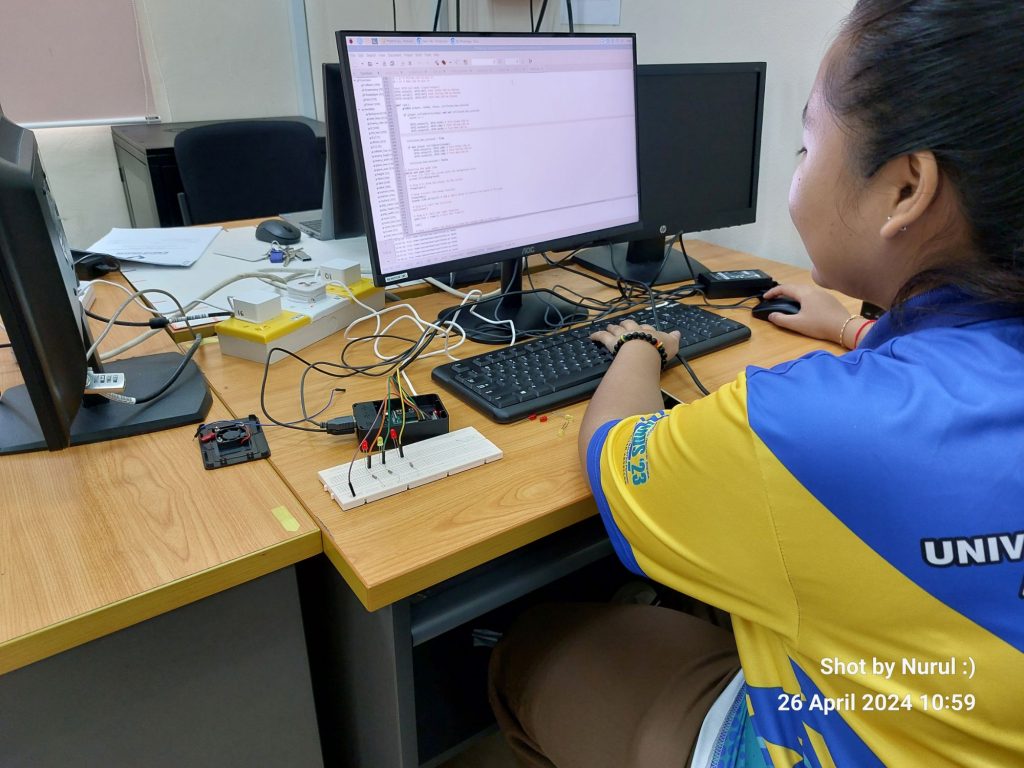
Discussion FTKEE – Petronas

SDP Week 7 – Progress Meeting

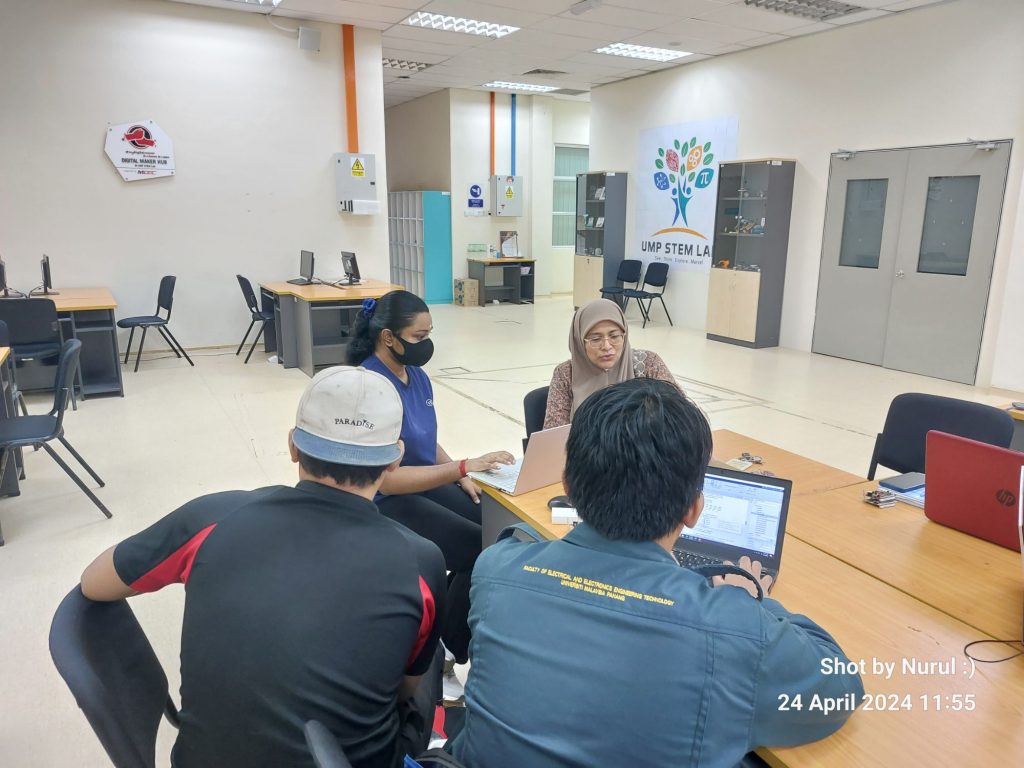

Discussion FPGA – PCB Module
